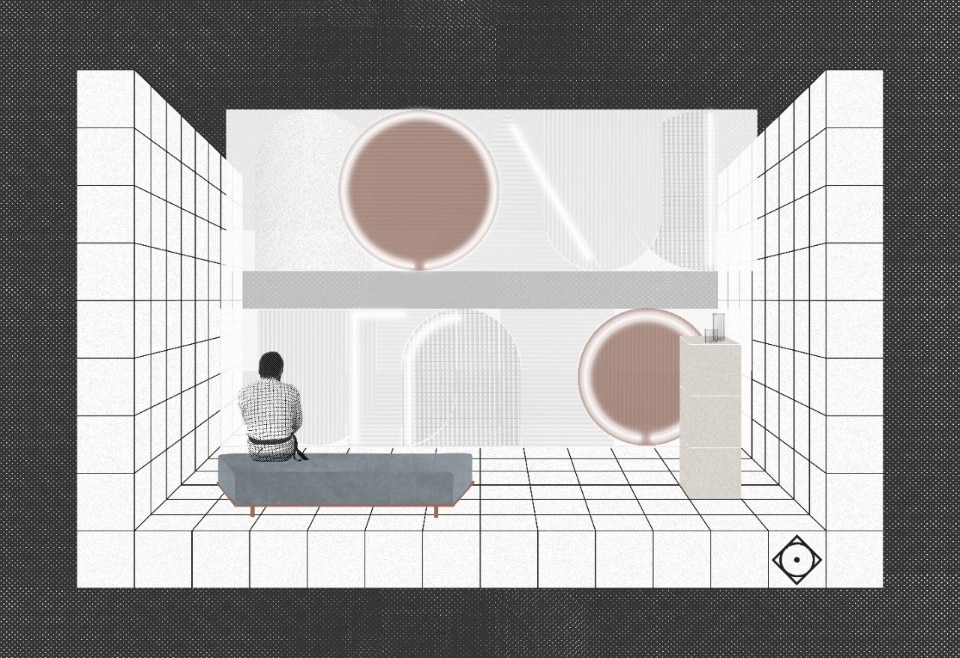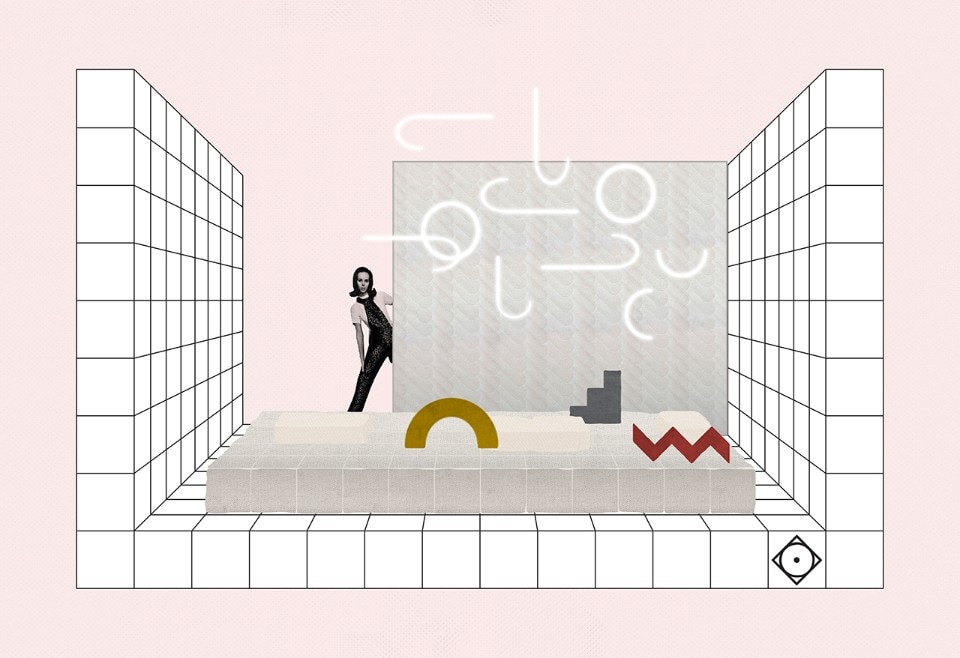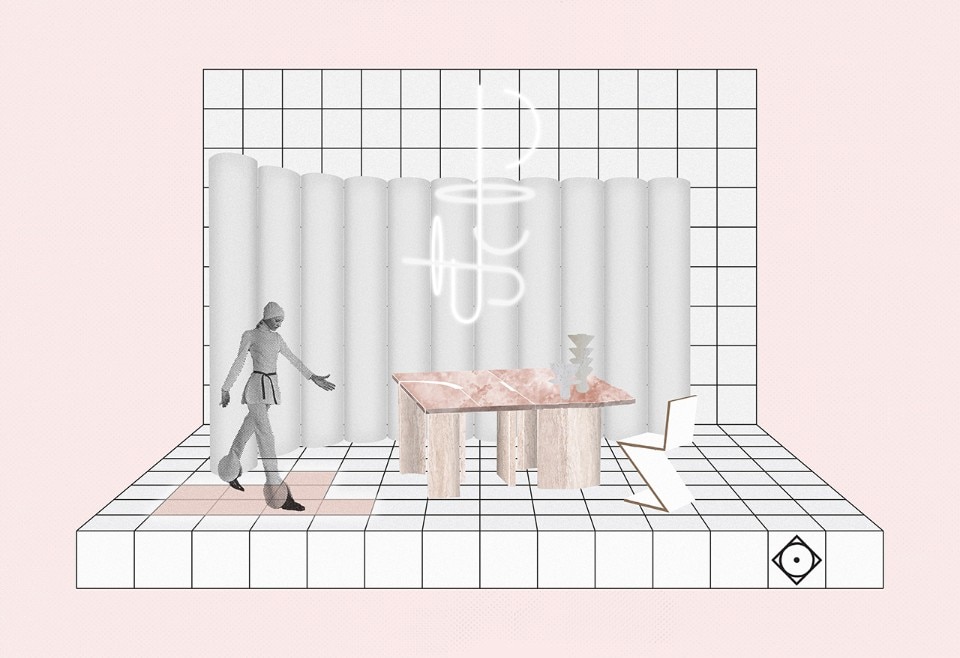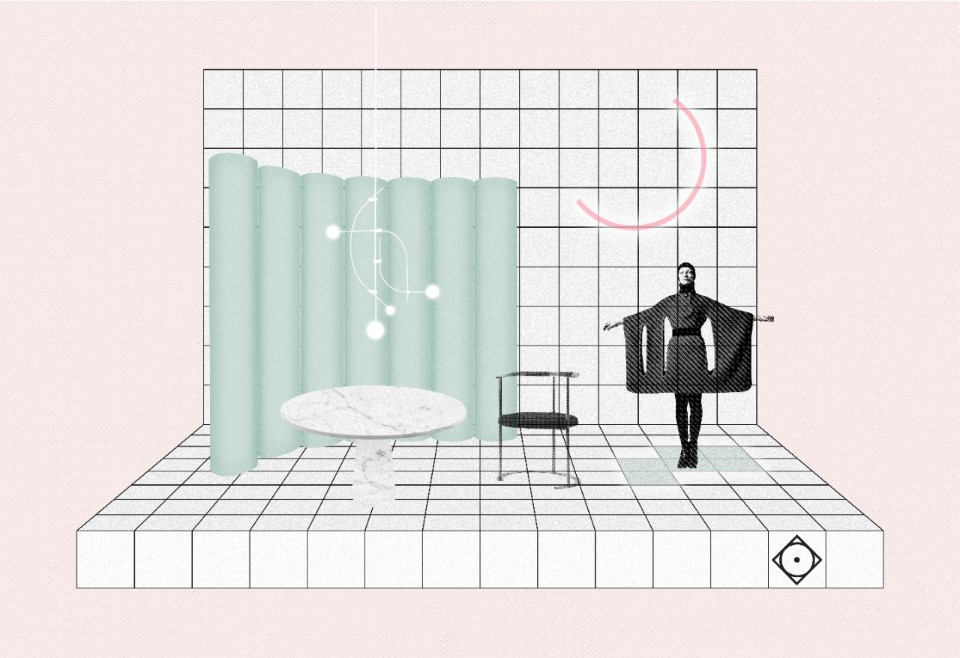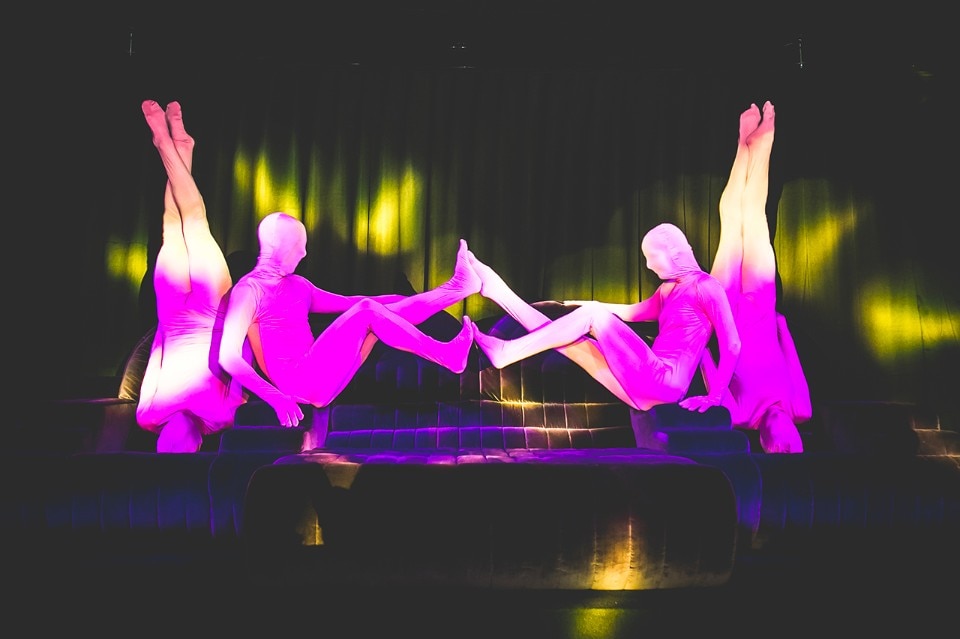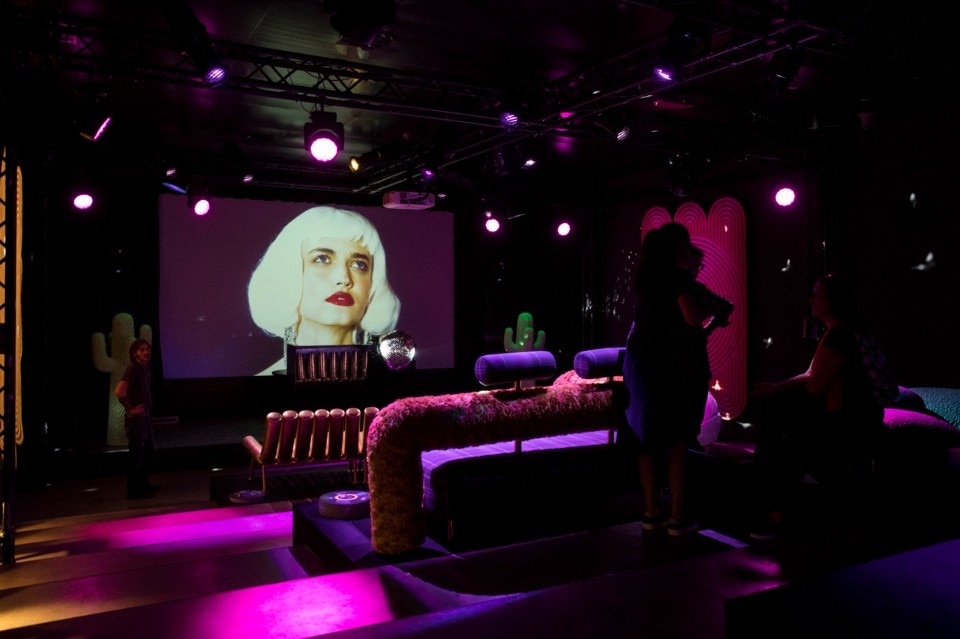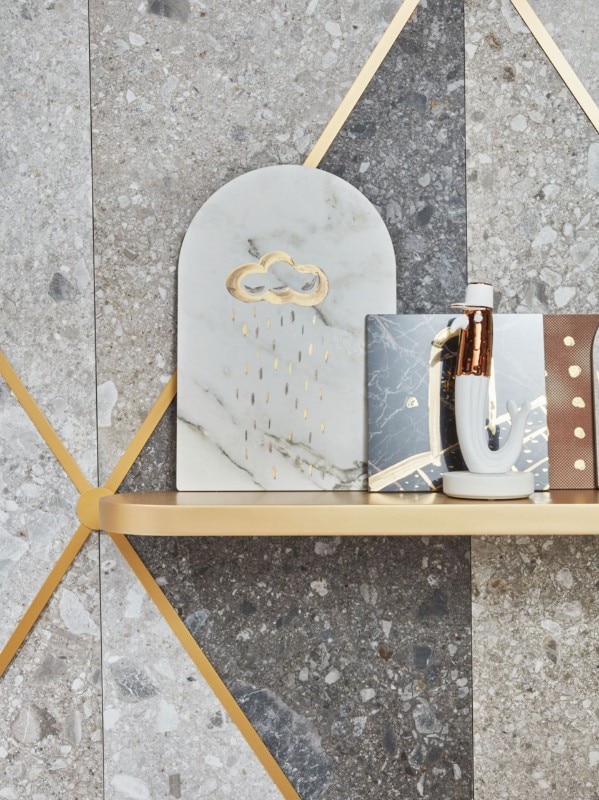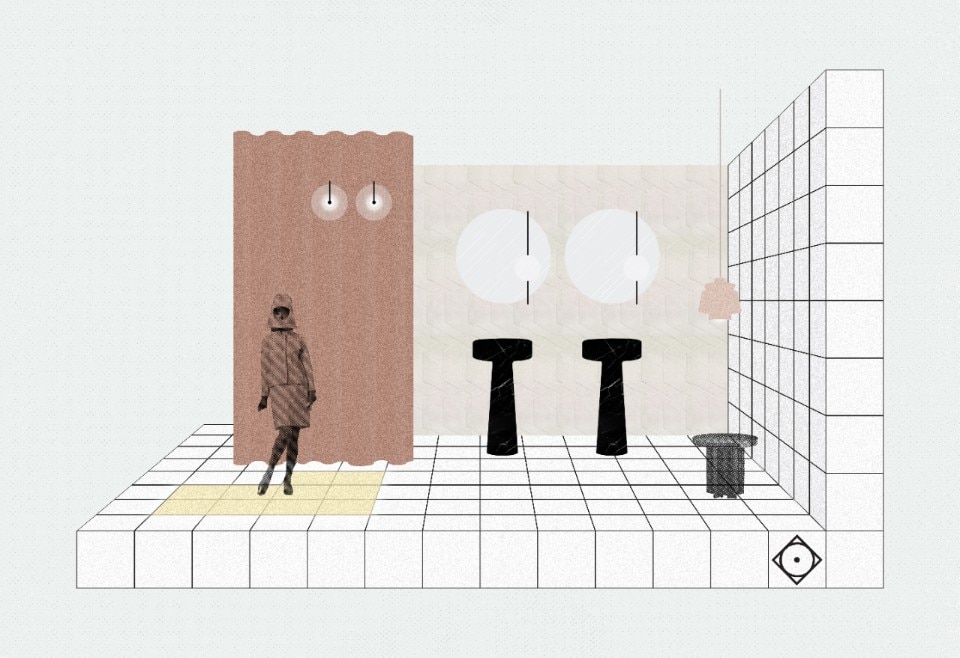To say that a night in a club has been a success it is not enough to have the best DJ ever. You need a precise atmospheric phenomenon, in other words when drops of condensation start to fall from the ceiling. A bit like it was at the party for Flos’s 50th anniversary at the Museo della Permanente in 2012. It is a sign that music and crowds are so completely amalgamated that even the air cannot hold in its energy. This is what they should keep in mind, the invitation-only private clubs and collections of disco-orientated design that have announced their debut at the 2018 Salone del Mobile. Because if I go back to the dance floor it has to be, all the better if it's with all the trimmings. Even those that can damage the conditions of brand new products. A risk that Gufram have solved in advance with exhausted and almost liquified mirrorballs on cupboards and small coffee tables. Mirrored like in the Saturday Night Fever years but poured onto furniture like after a night of revelries. The collection, justly named After Party, is designed by Dutch studio Rotganzen and is part of the Disco Gufram conceptual installation at the Mediateca Santa Teresa. A complete retro look that also includes a guess-which-film-it’s-from sofa Tony by Atelier Biagetti, and a series of rugs inspired by another topos of night-club design, neon, curated by GGSV of Paris.
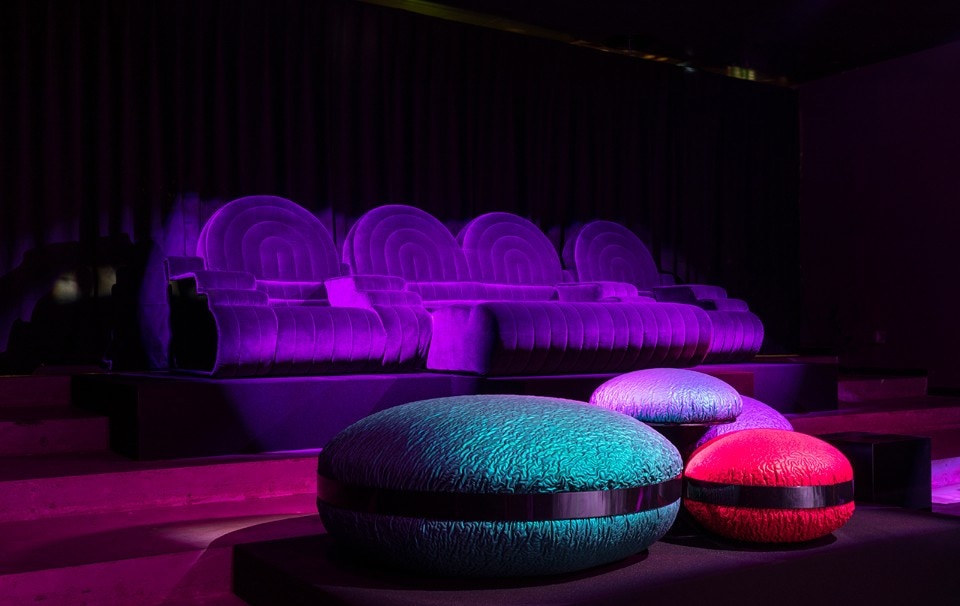
 View gallery
View gallery

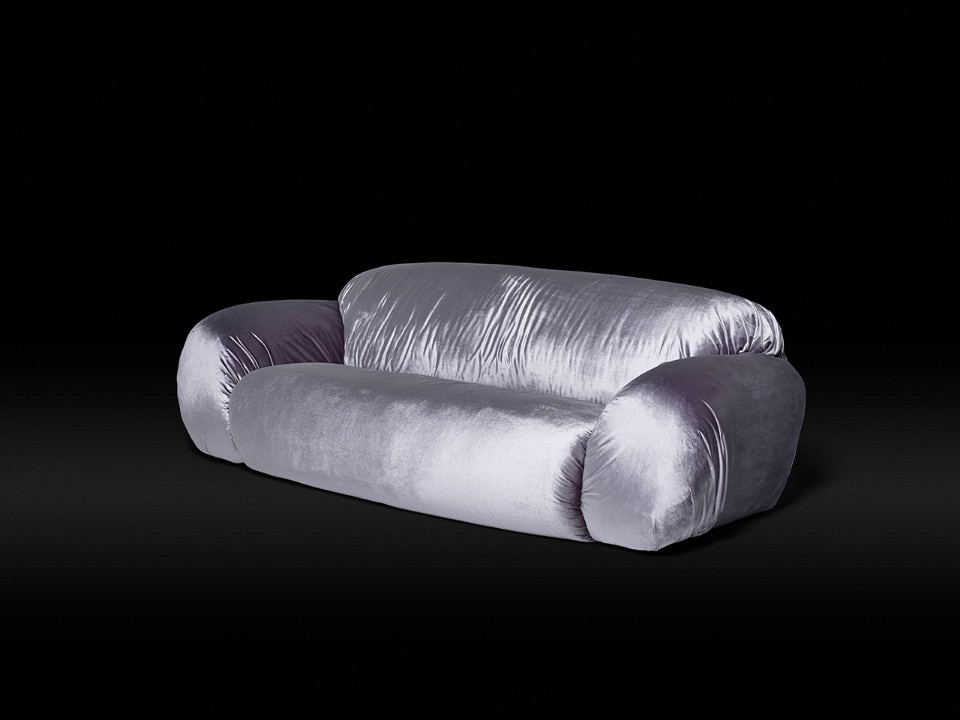
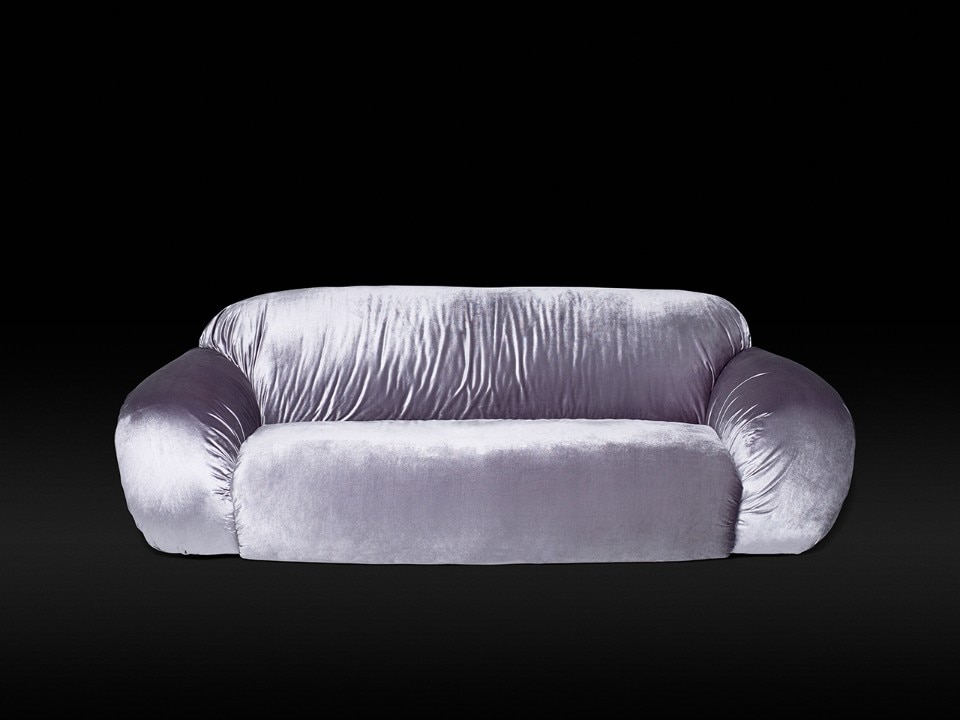
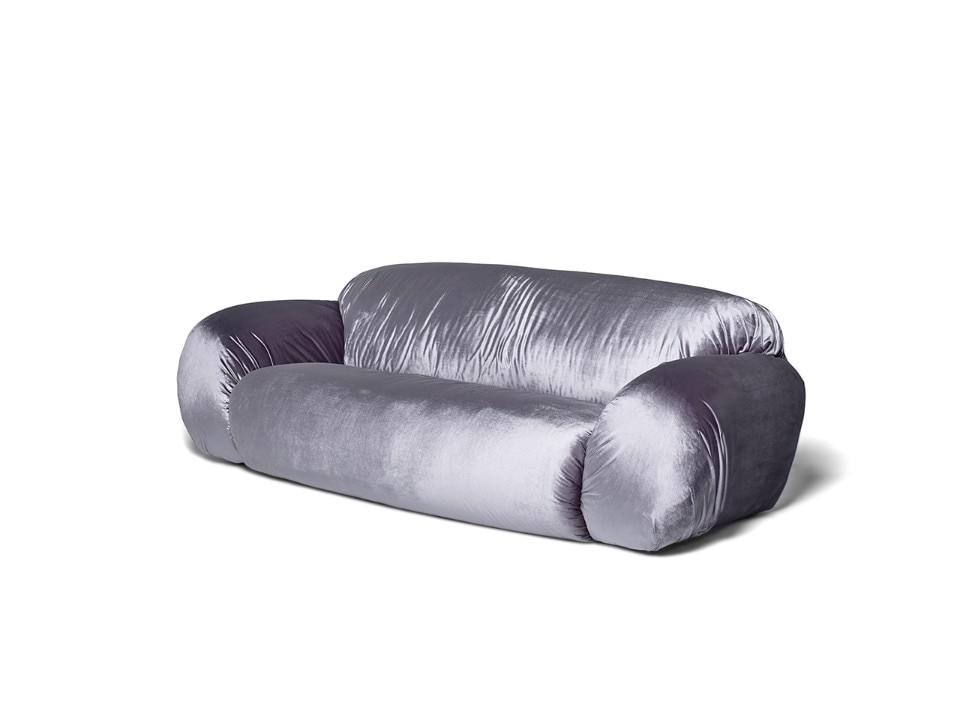
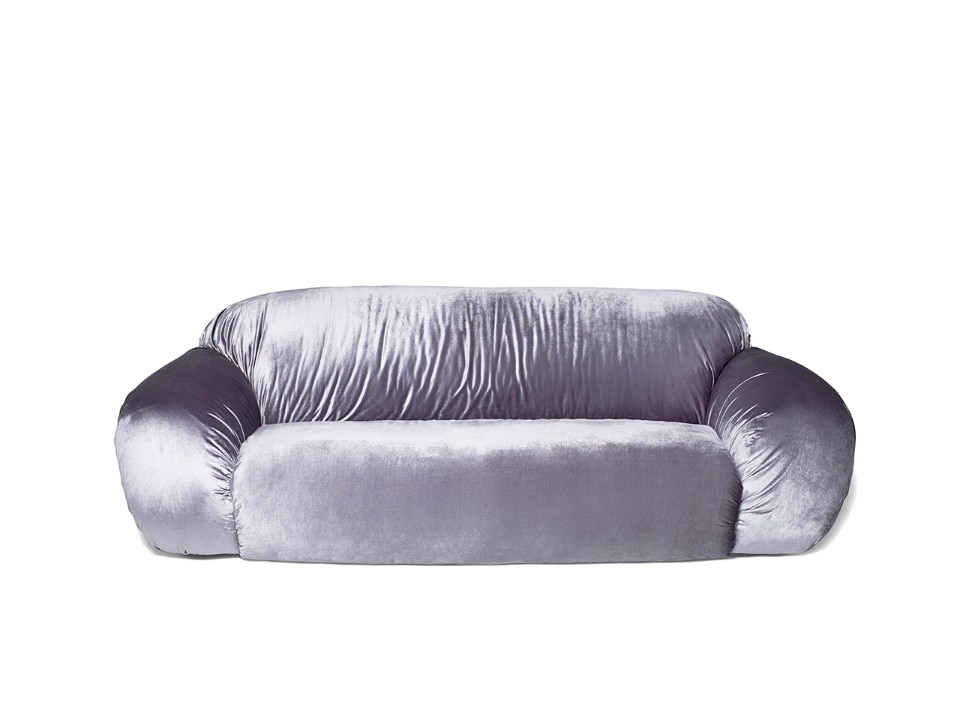
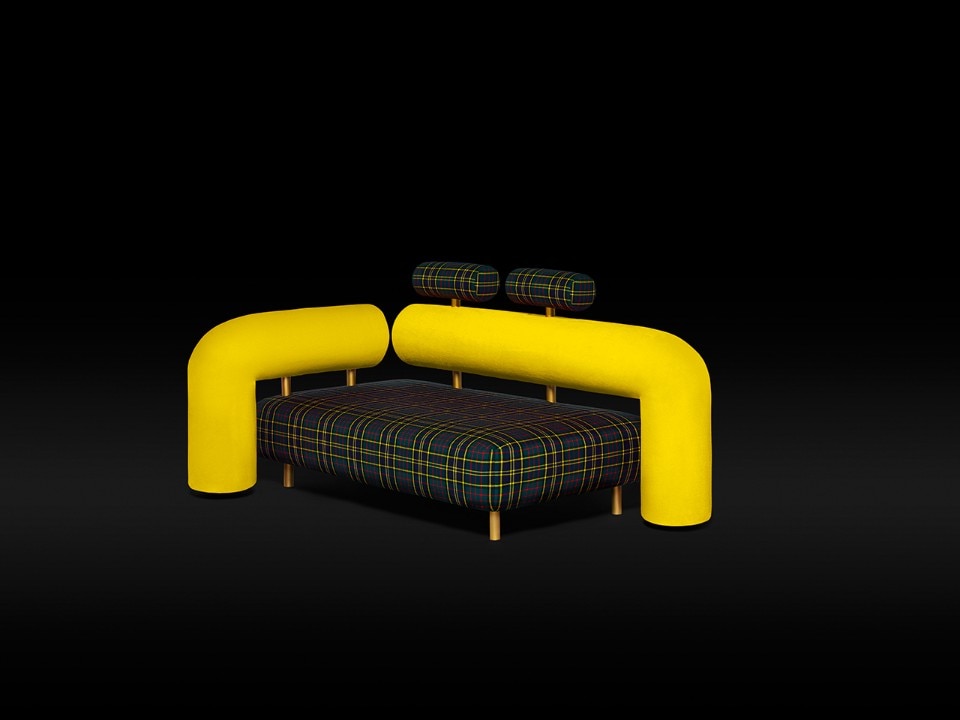
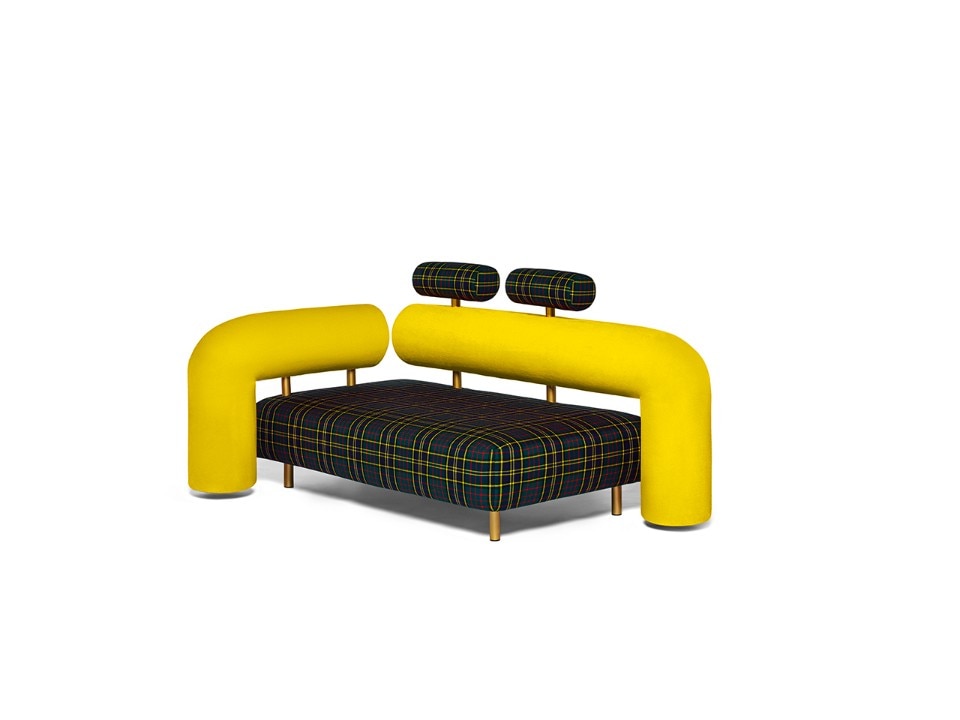
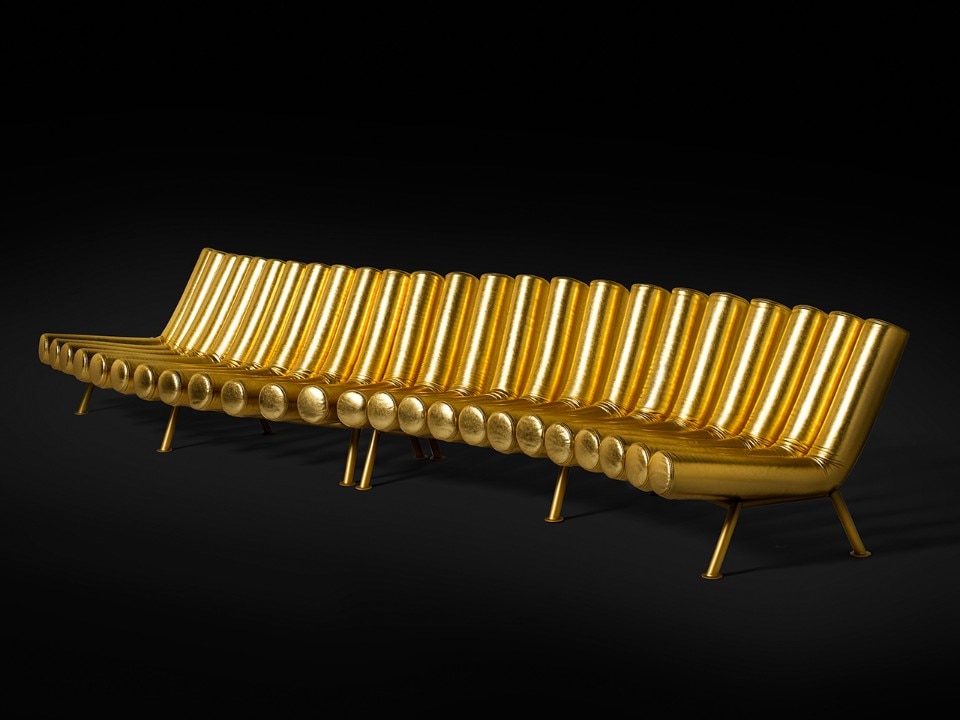
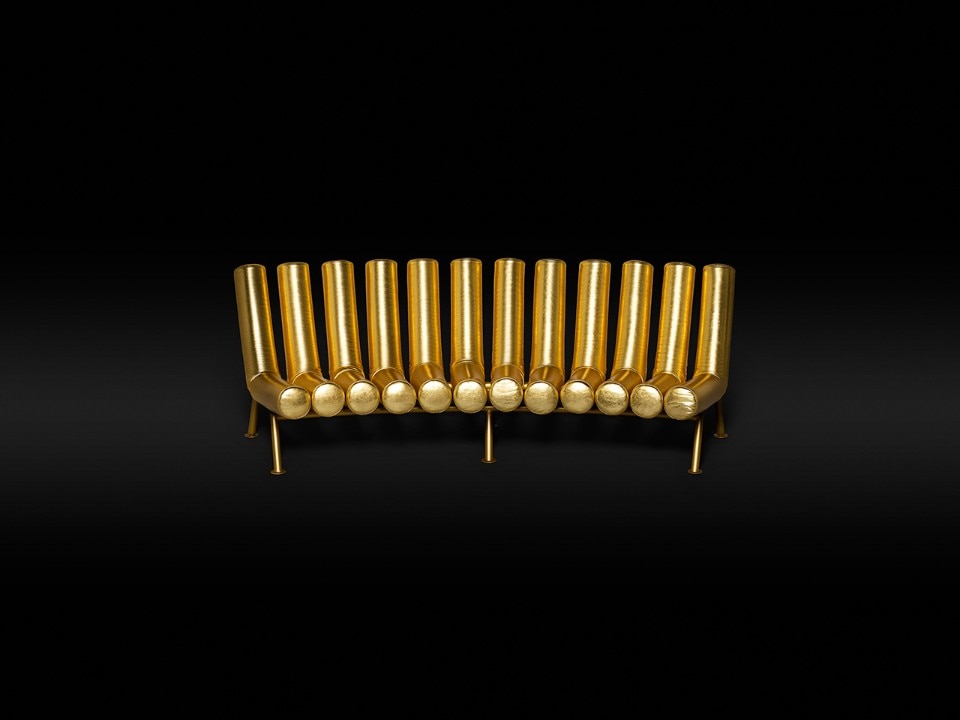
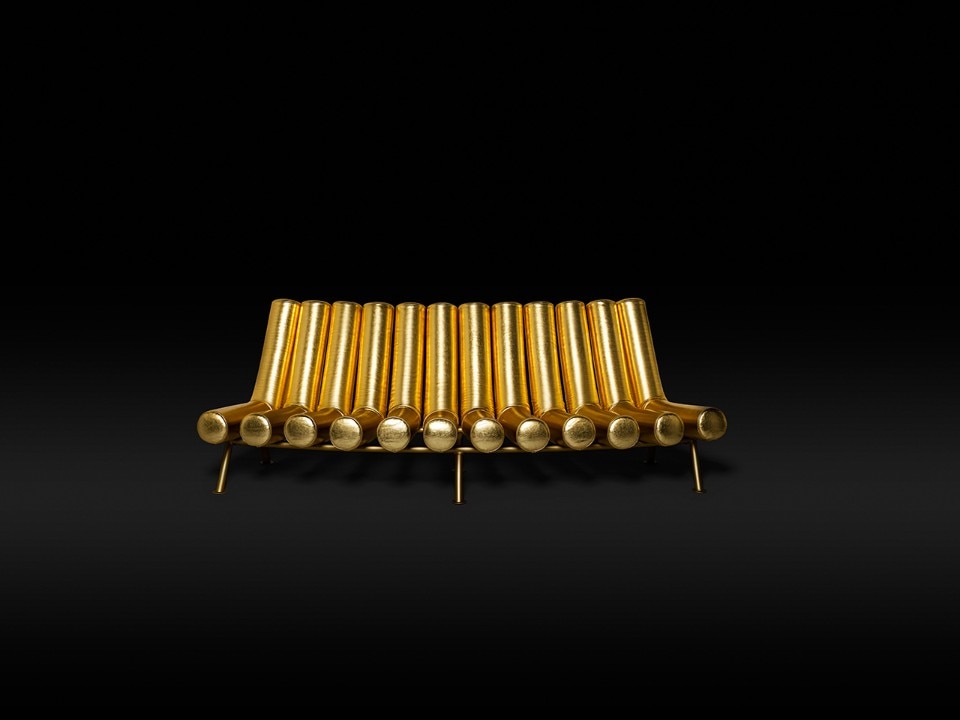
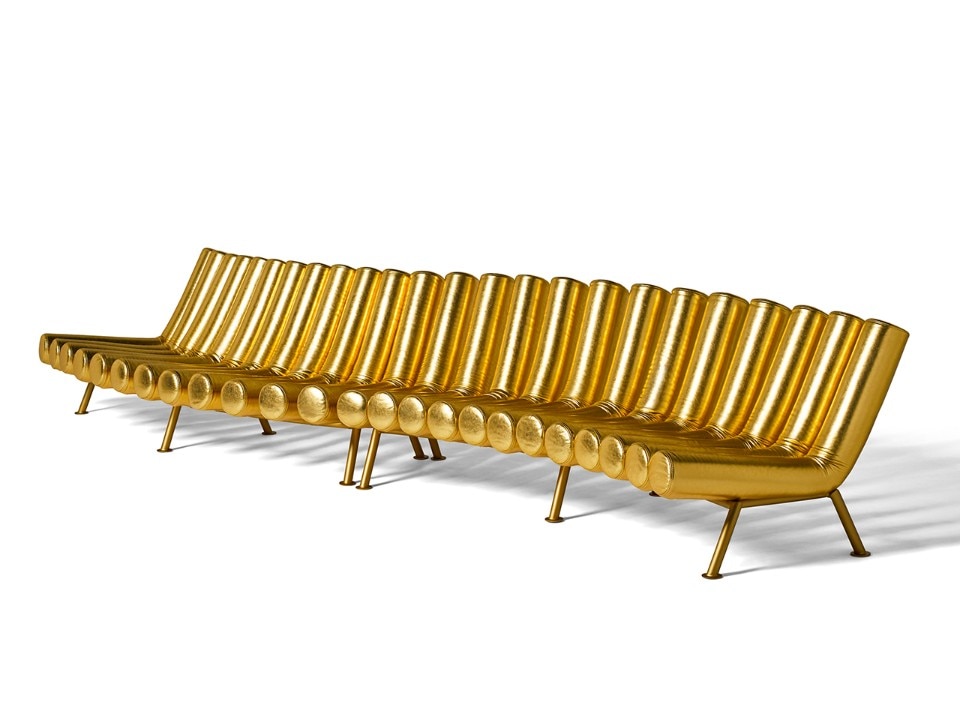
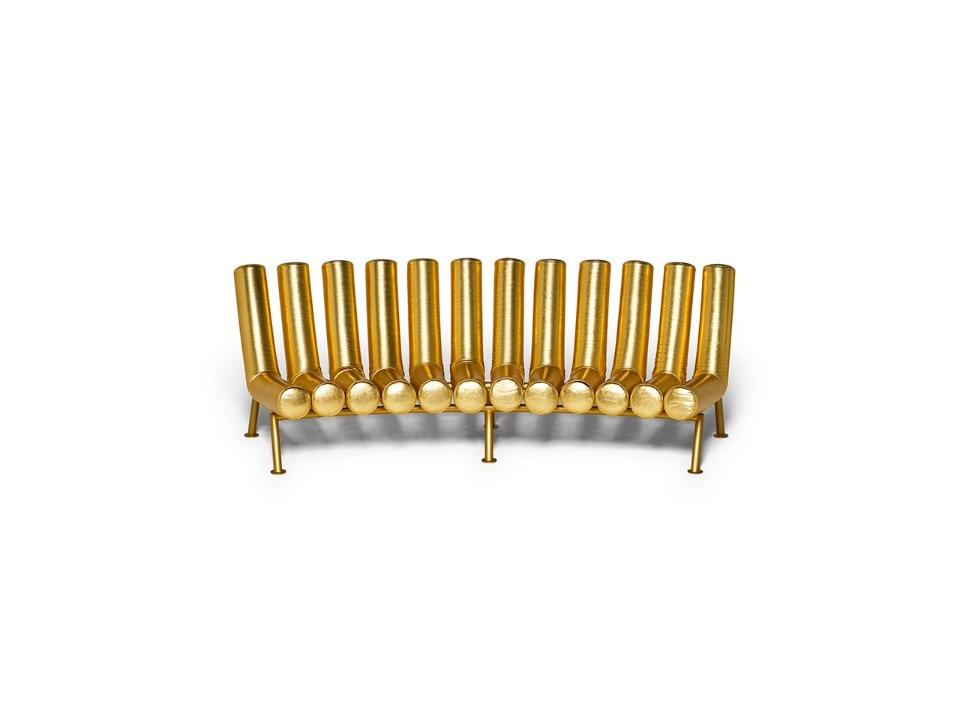
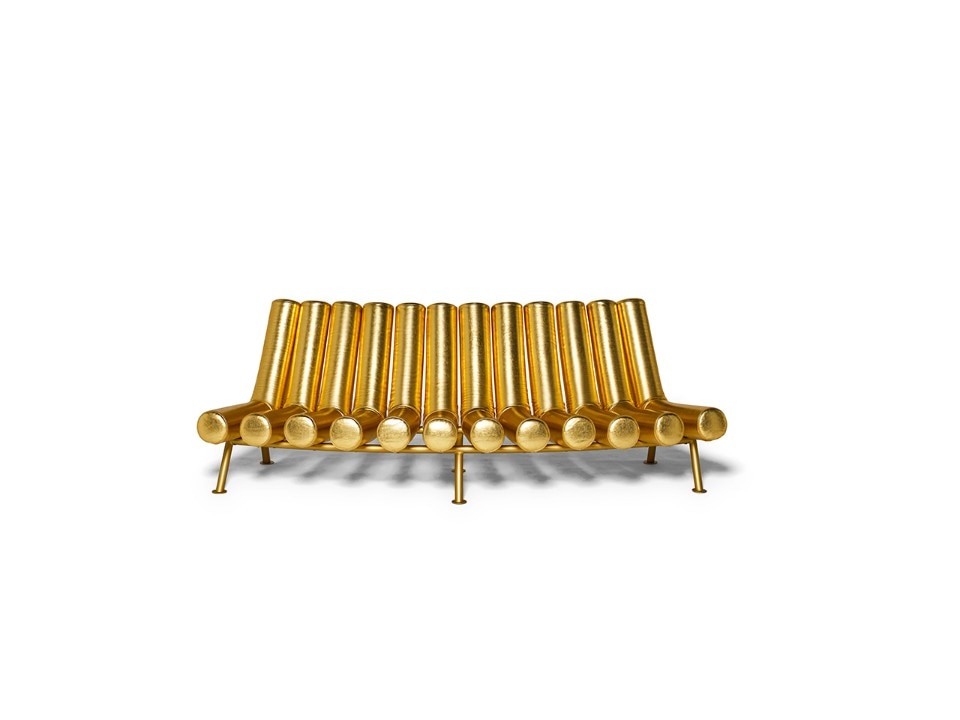
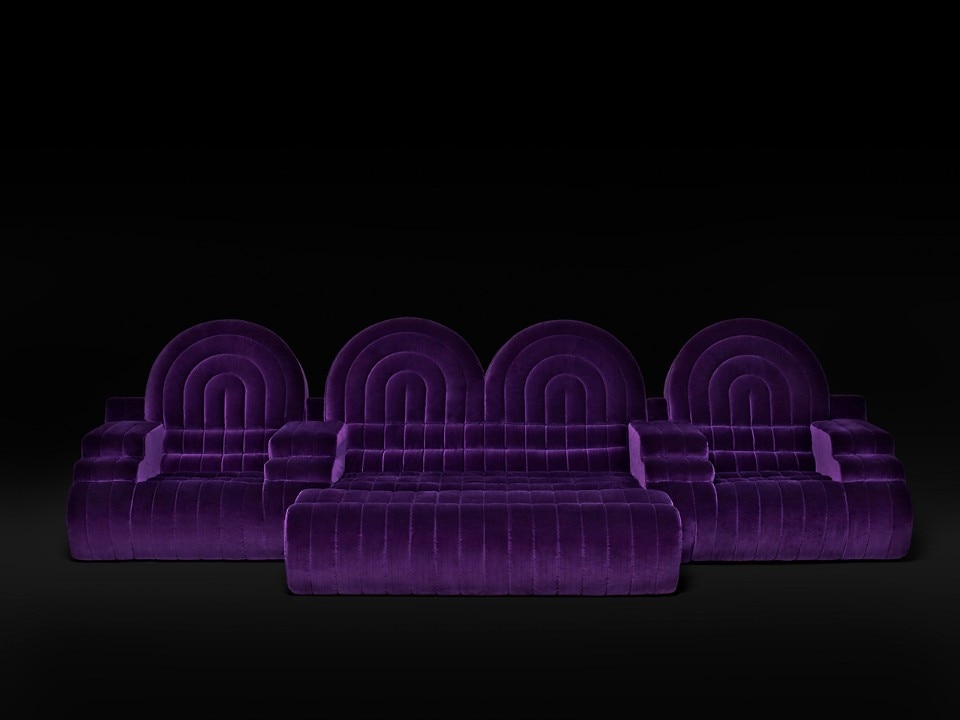
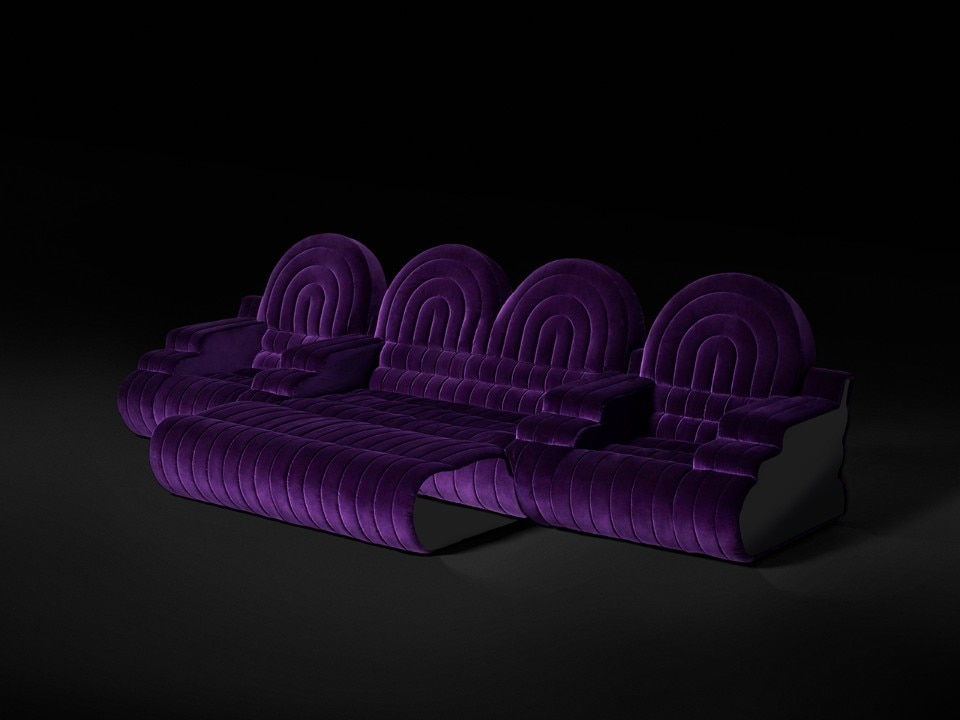
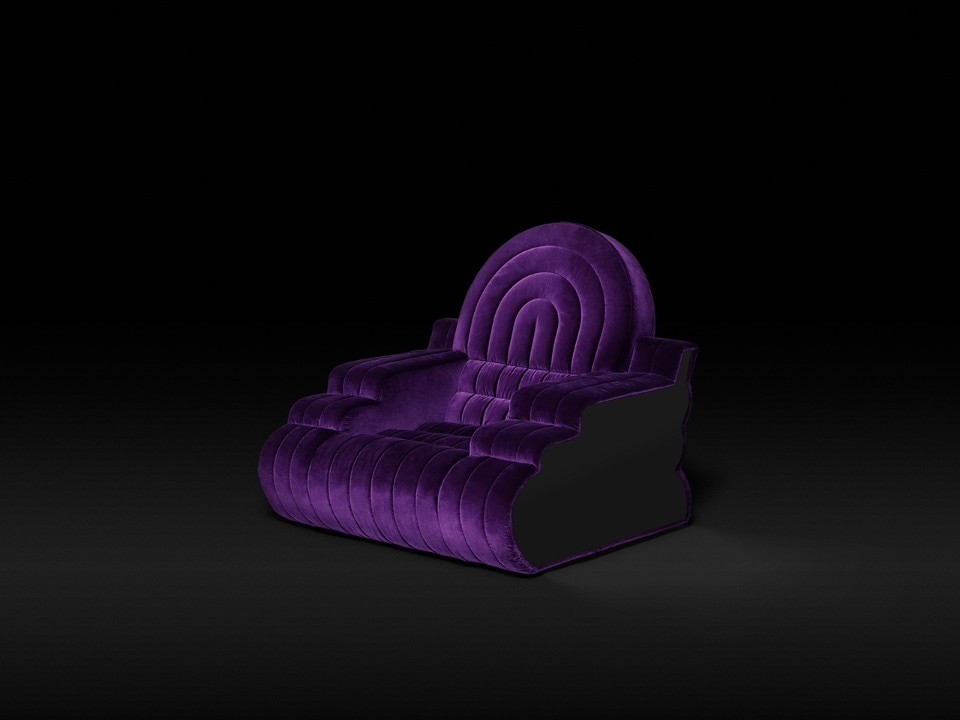
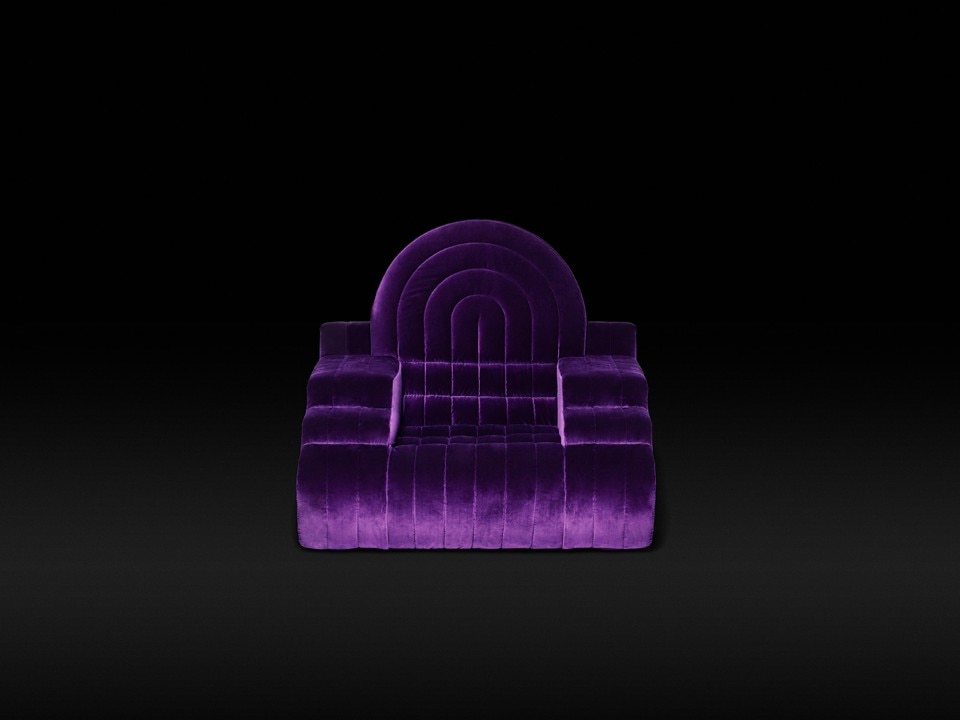
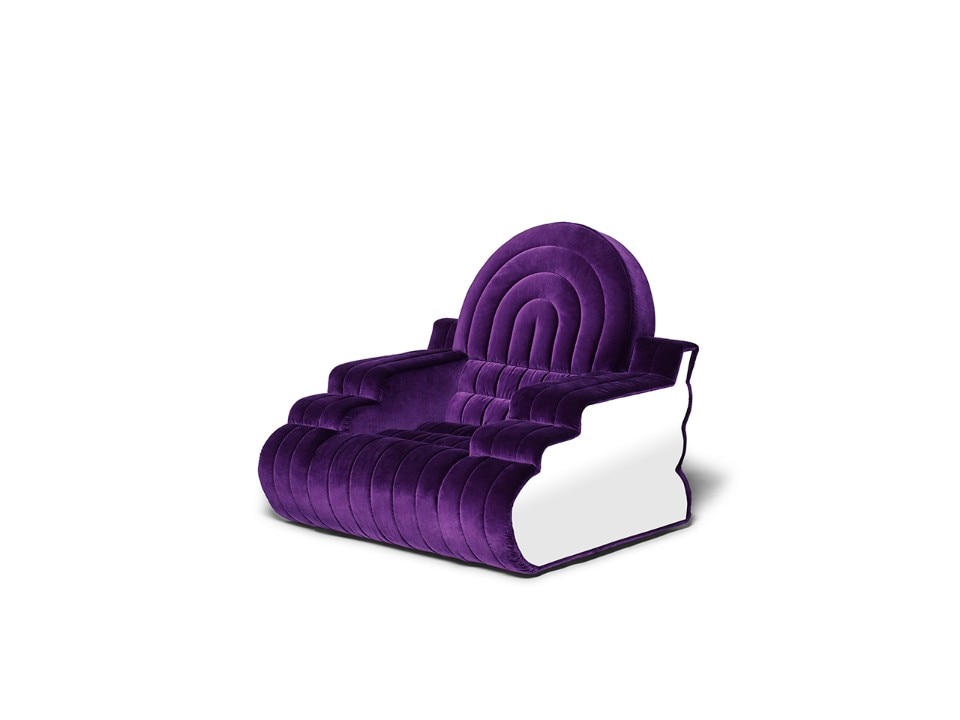
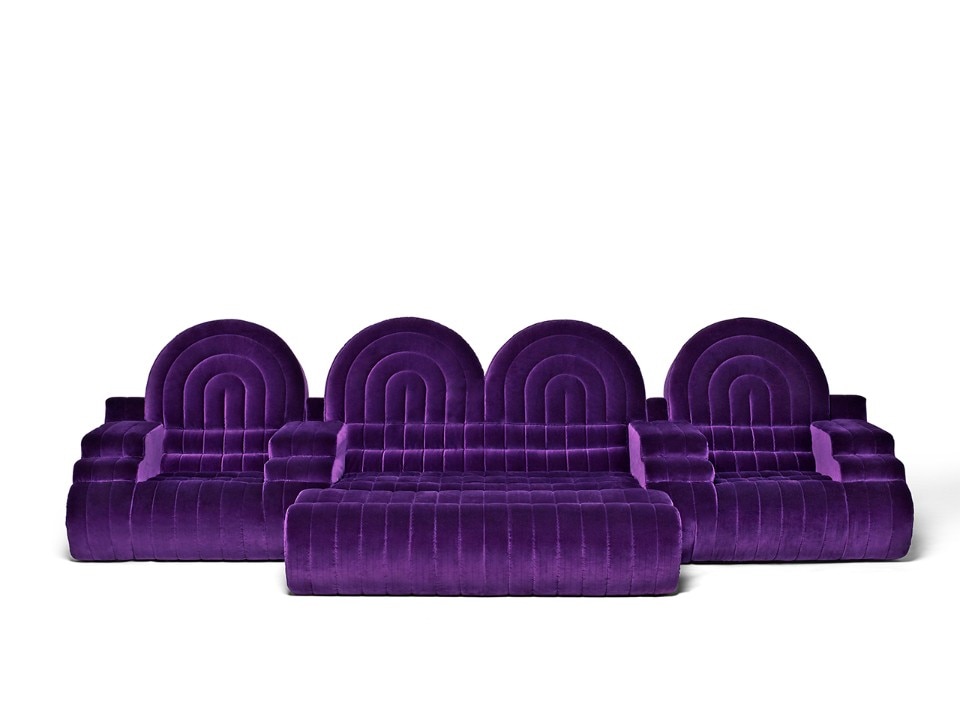
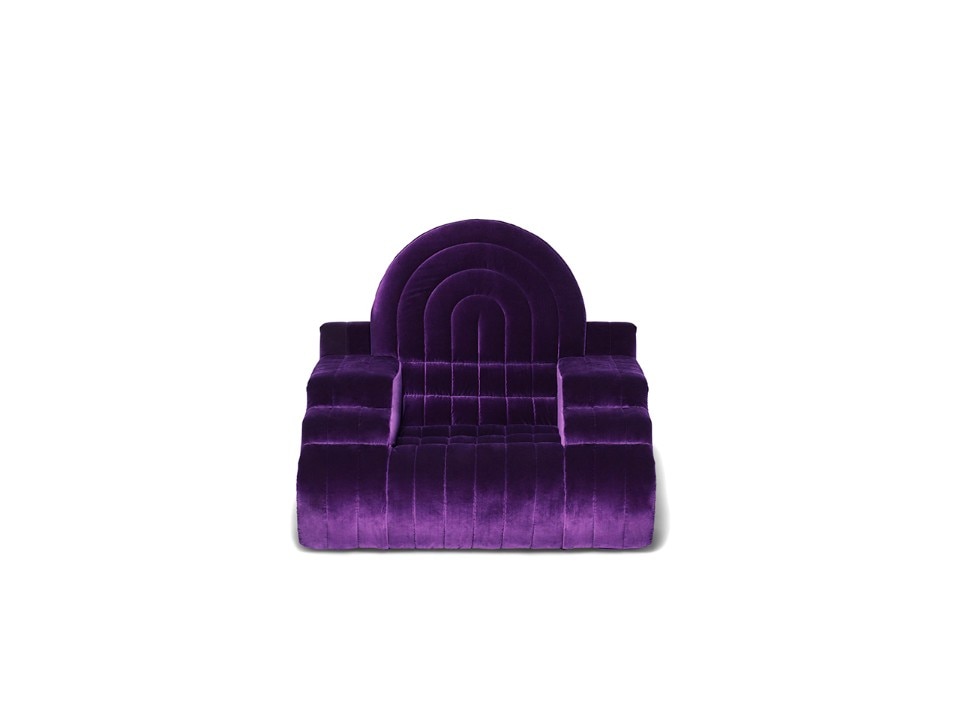
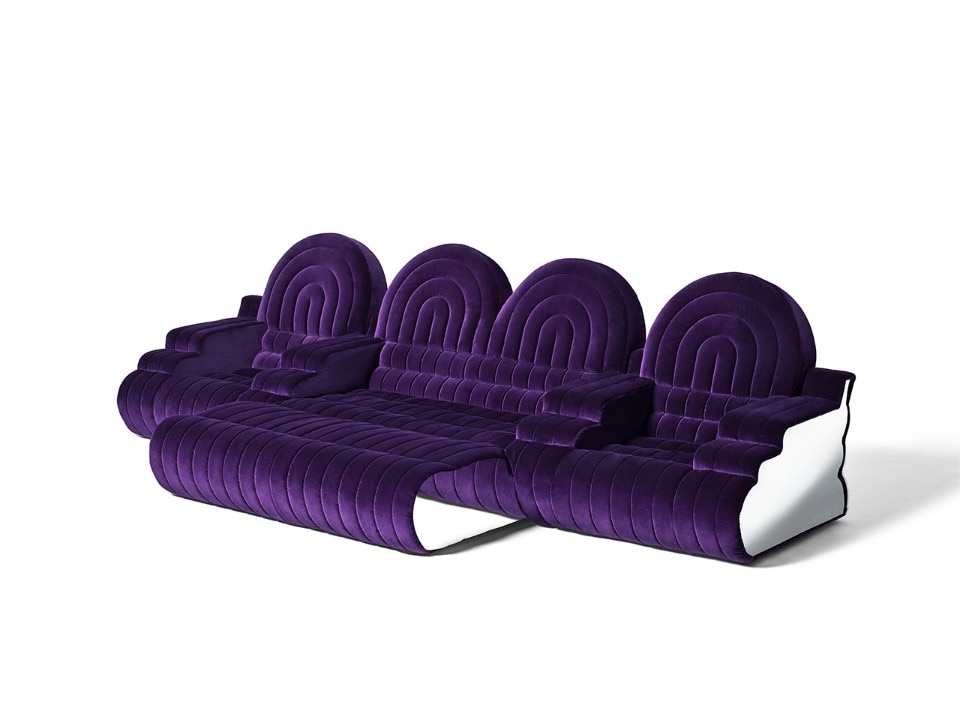
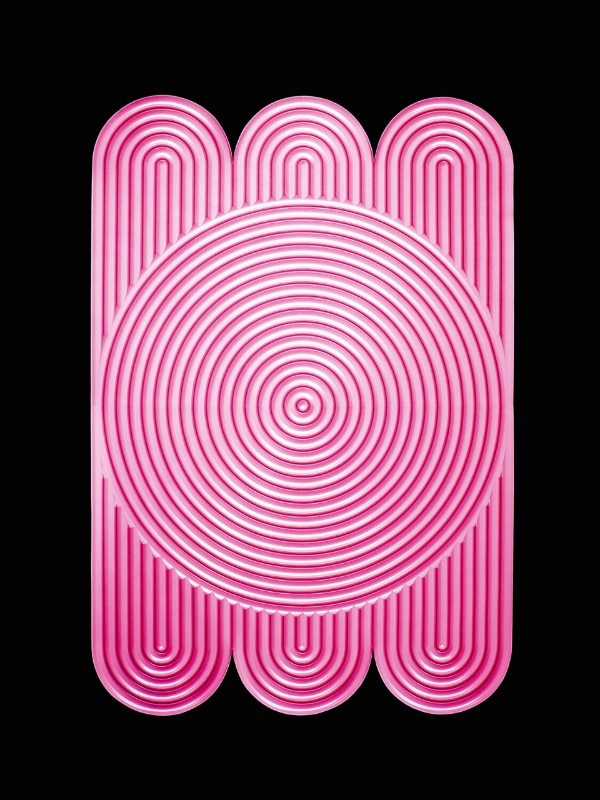
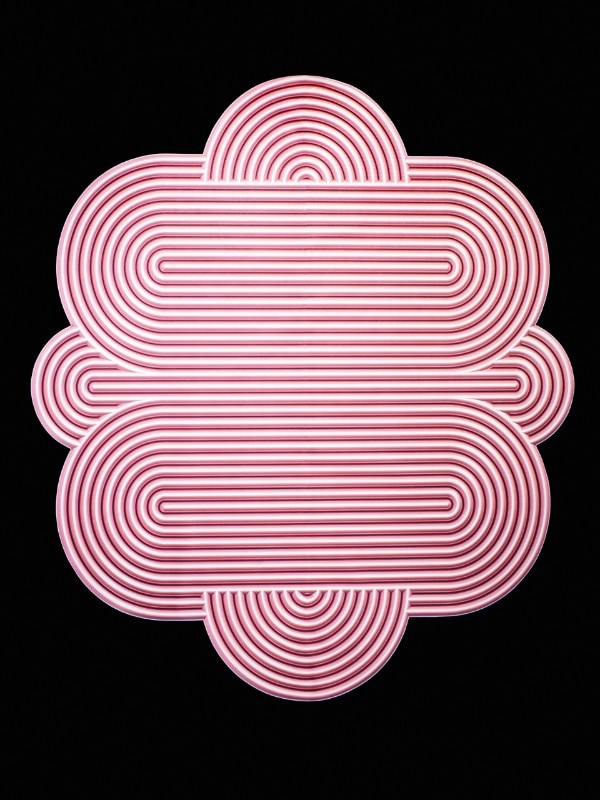
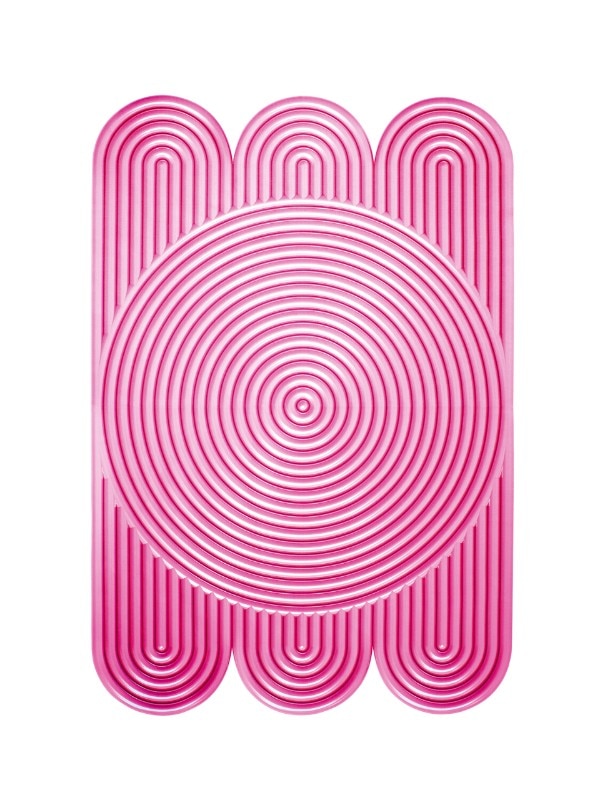
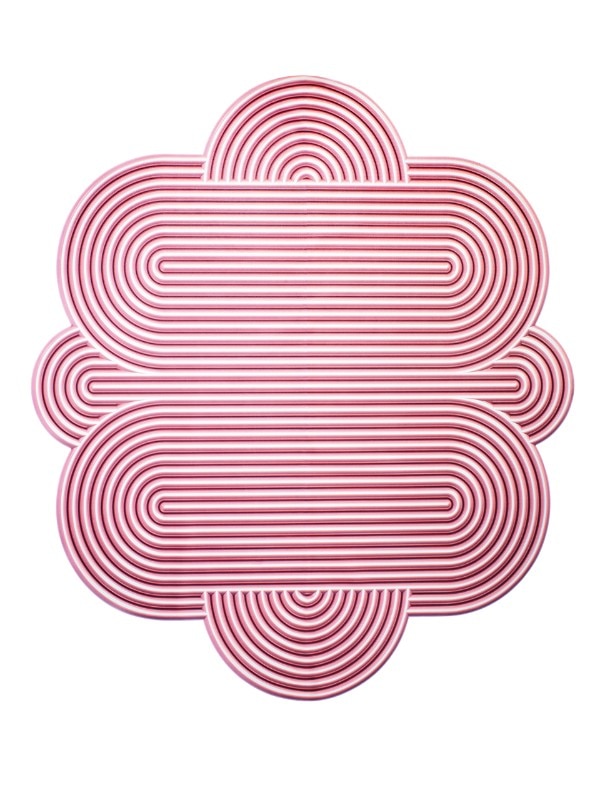
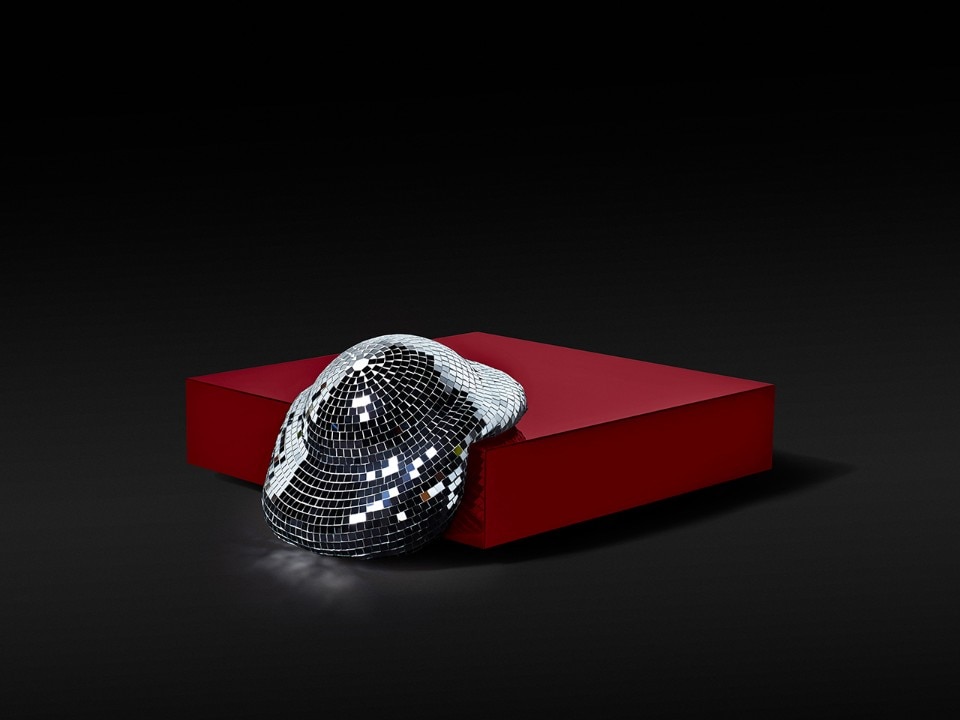
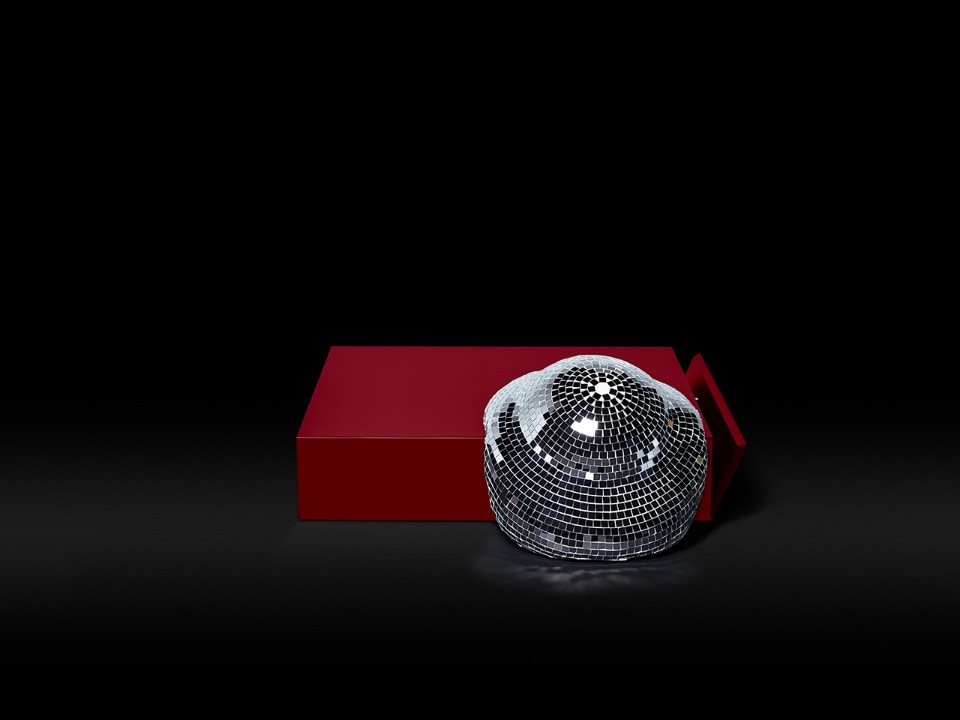
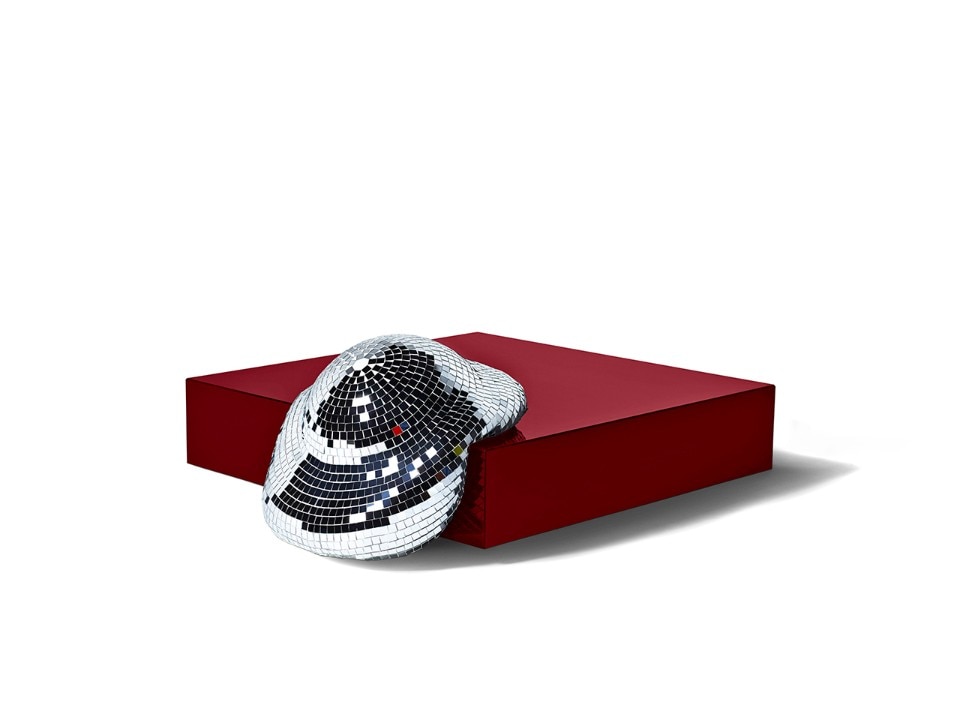
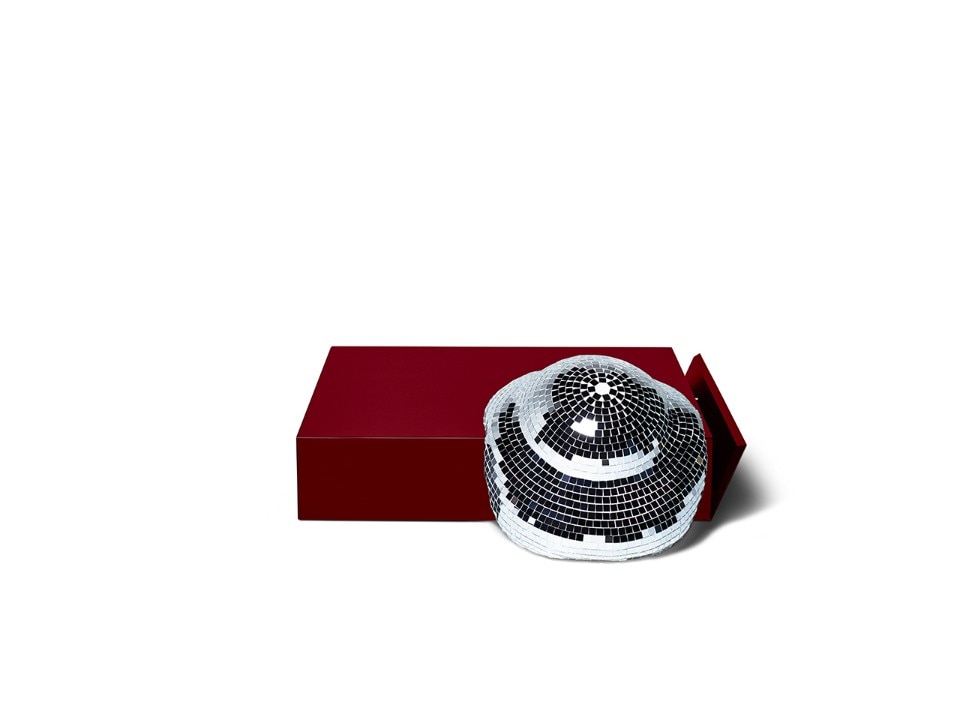
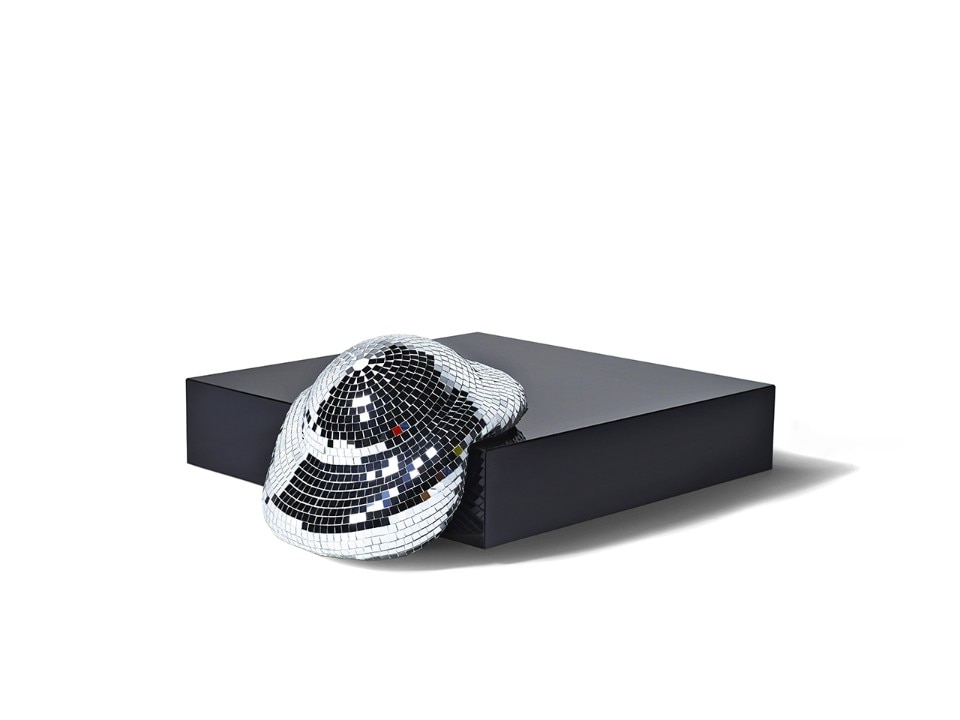
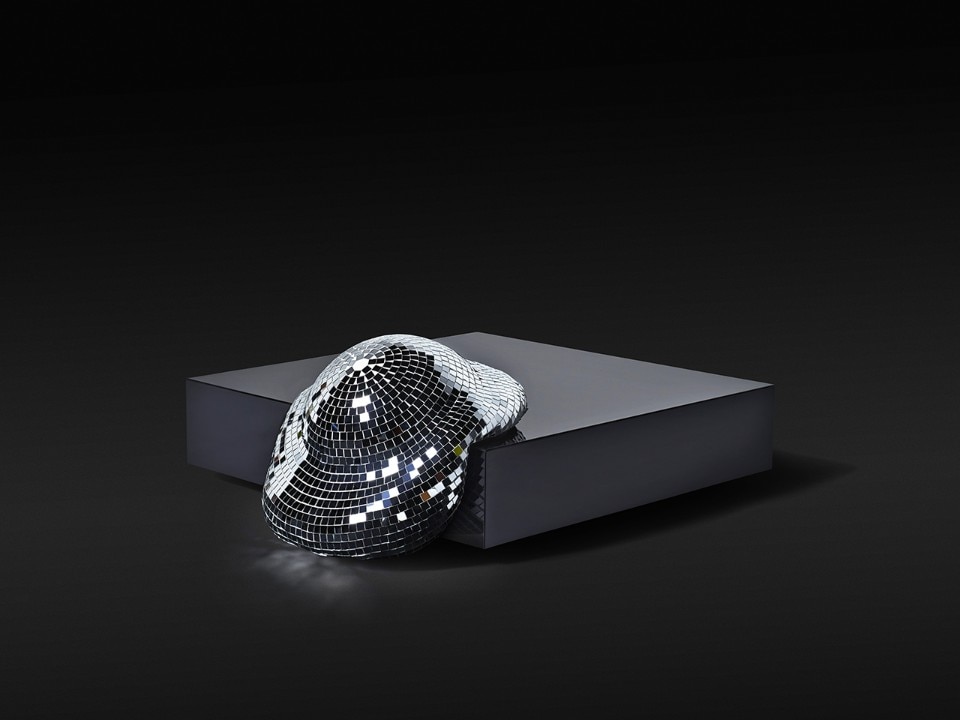
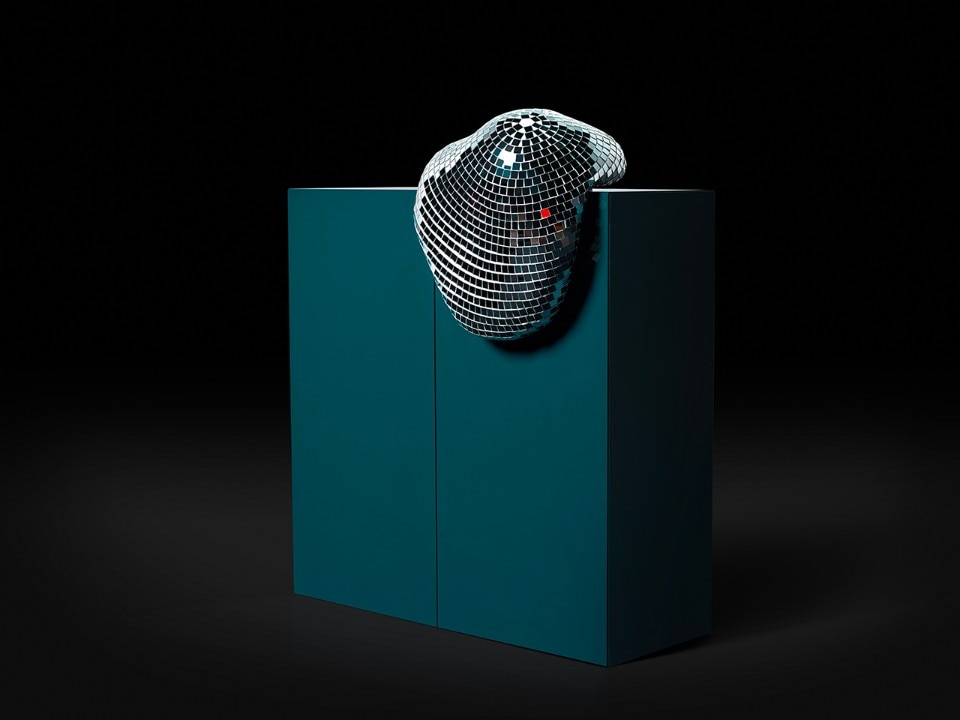
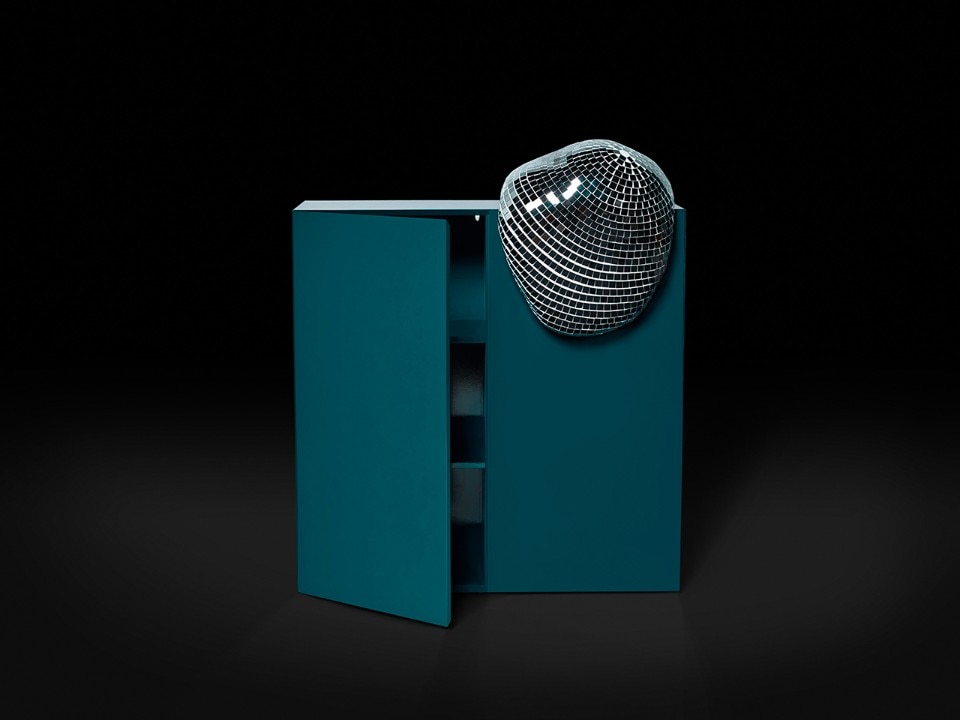
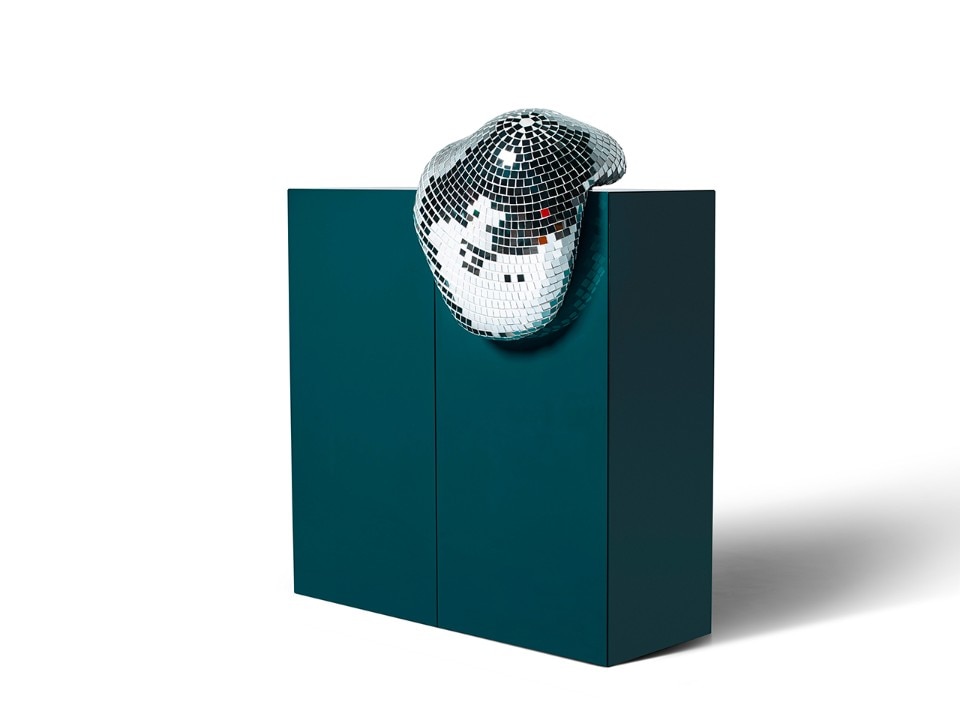
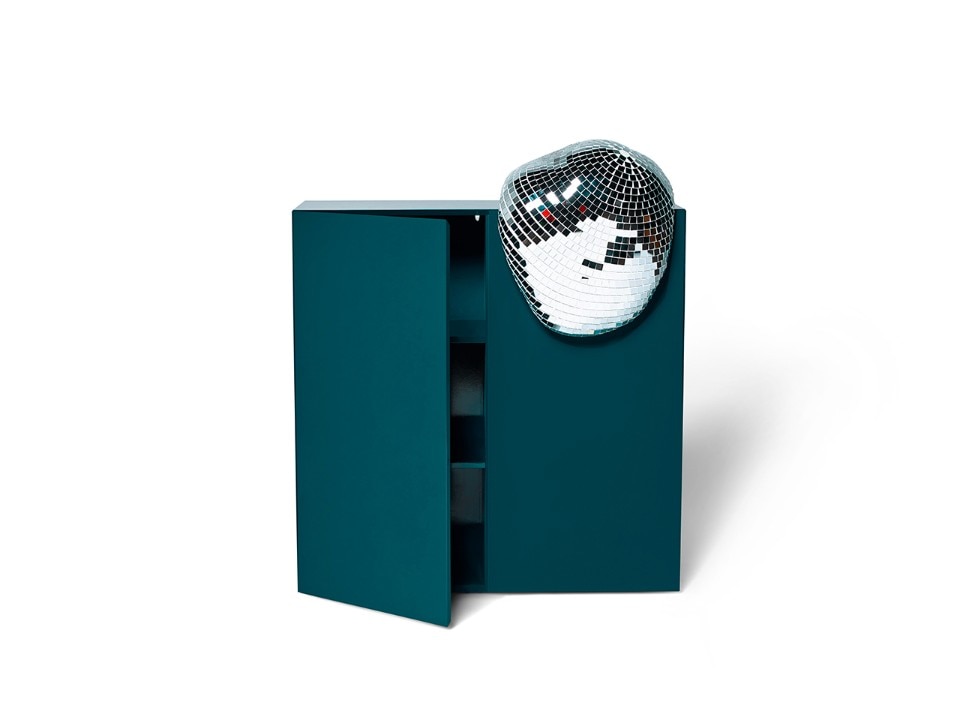
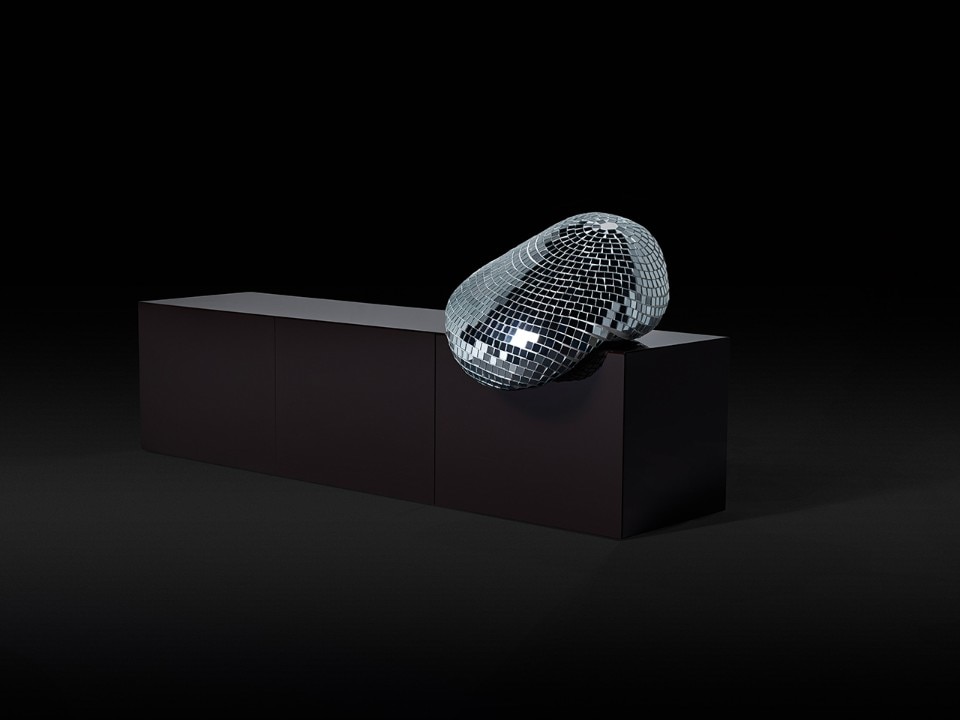
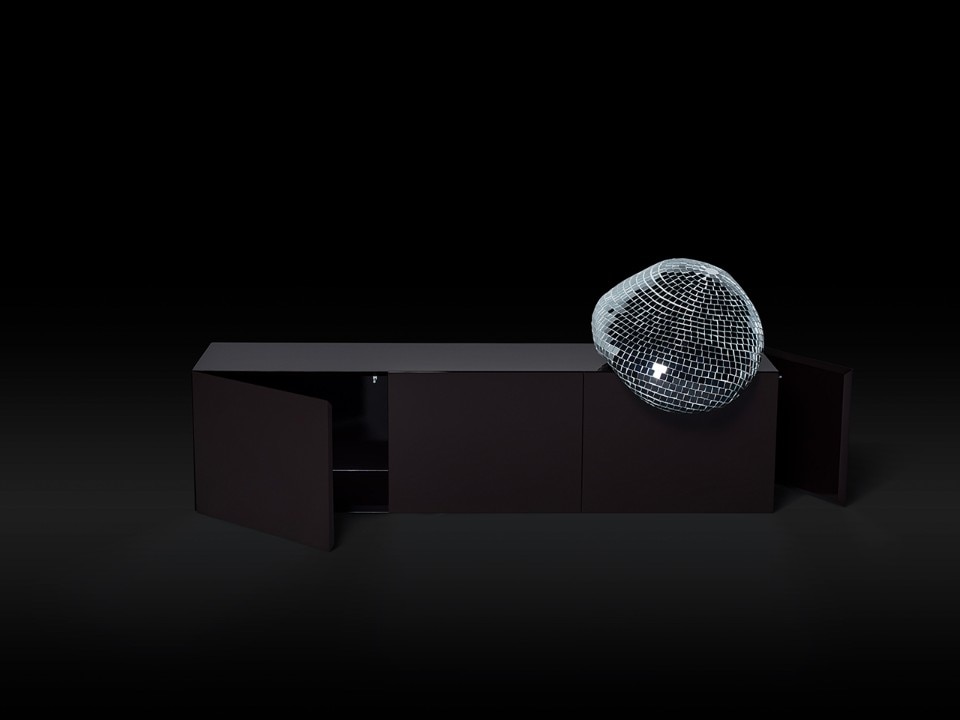
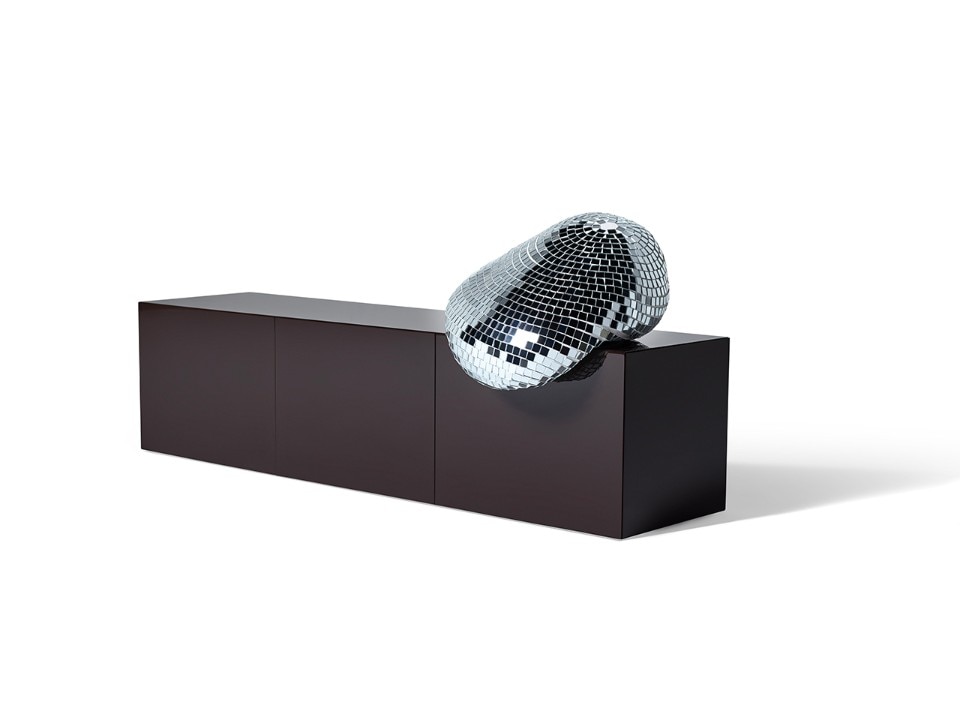
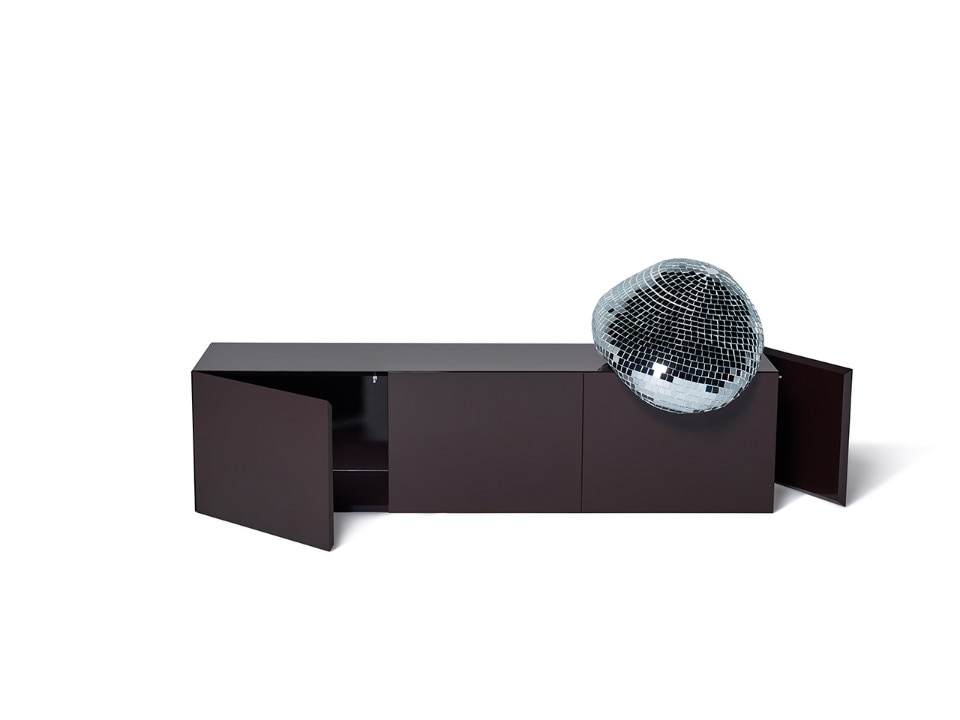
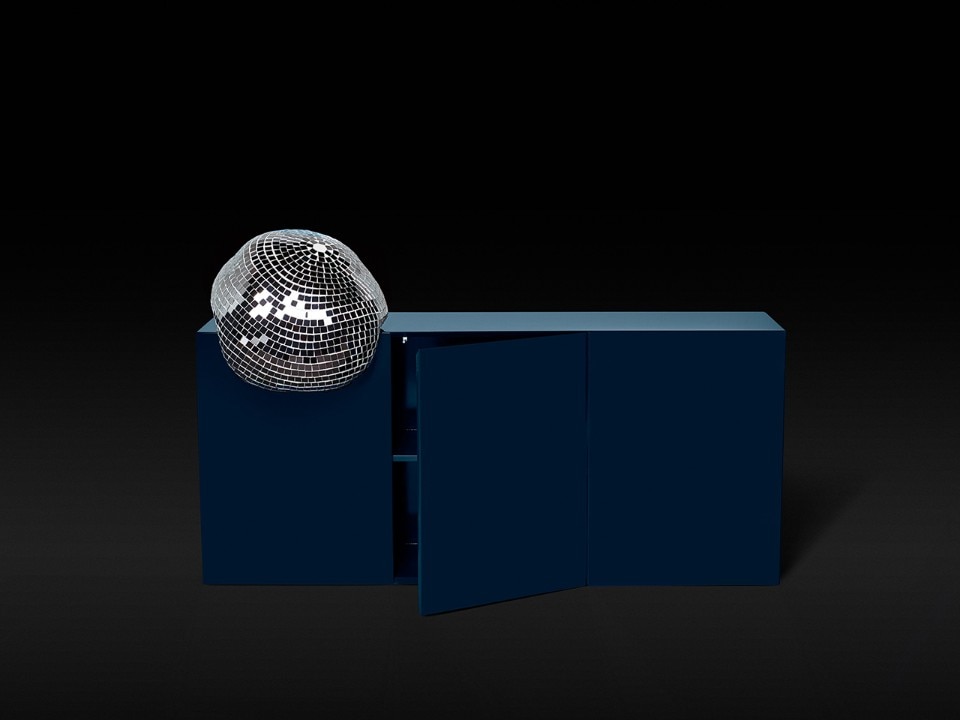
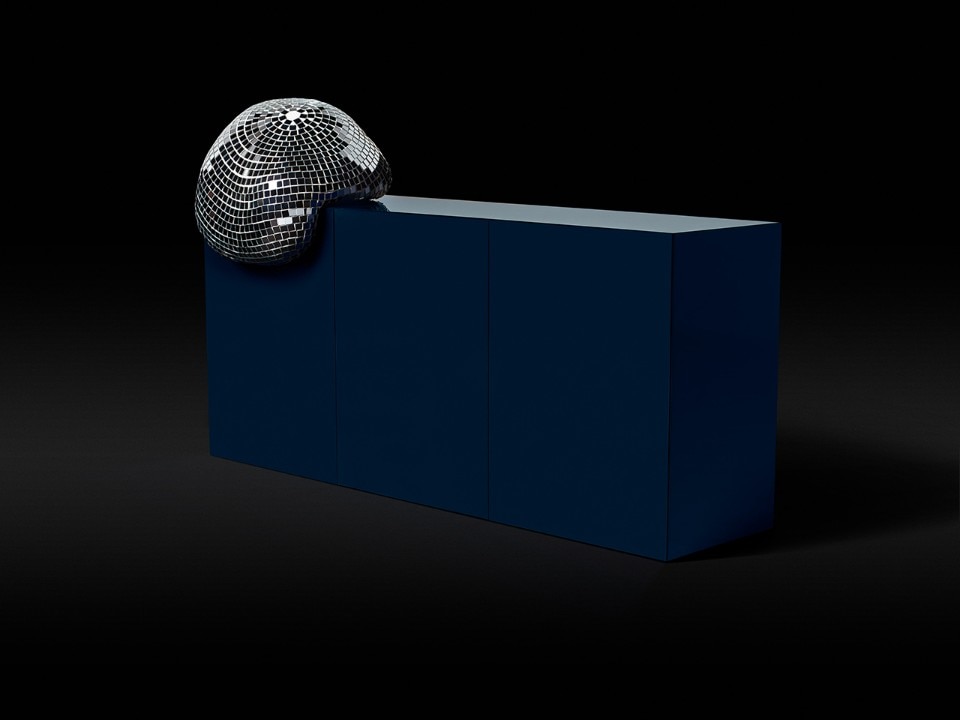
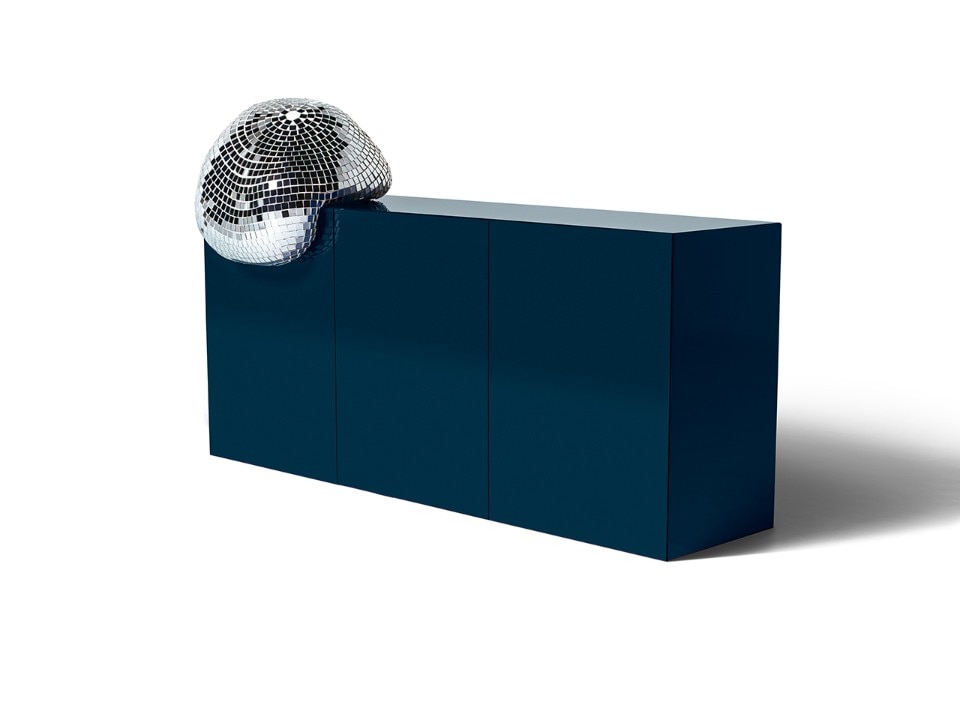
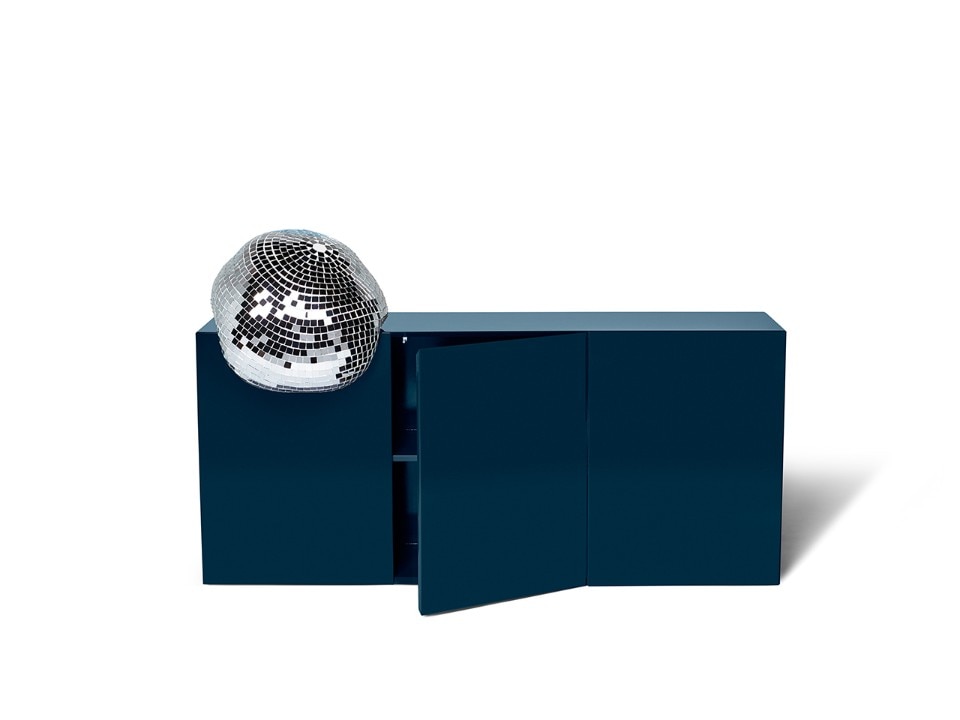
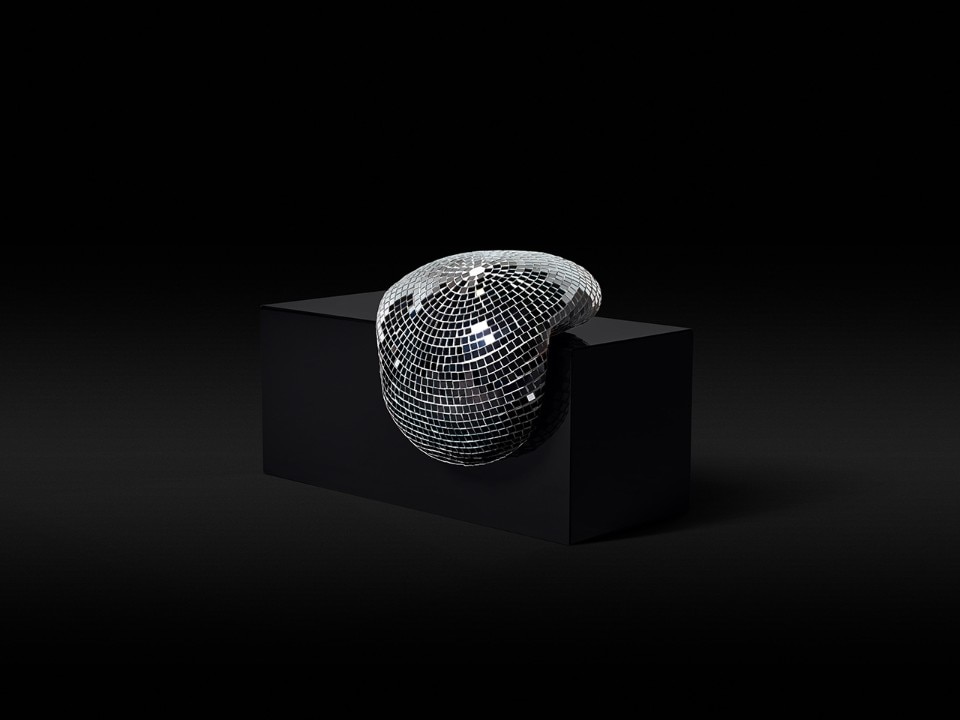
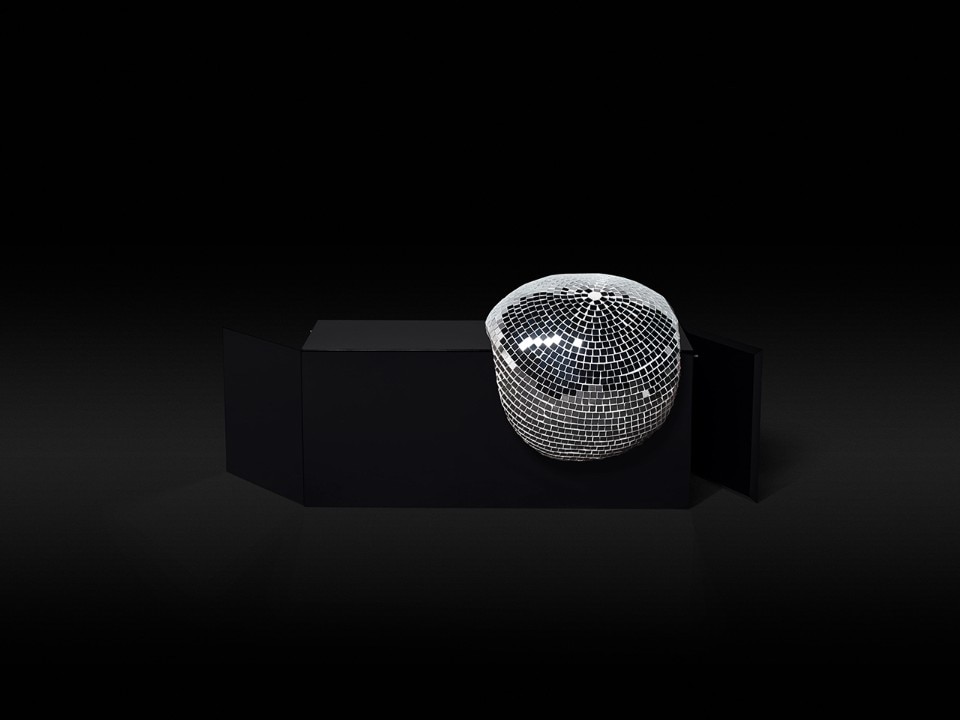
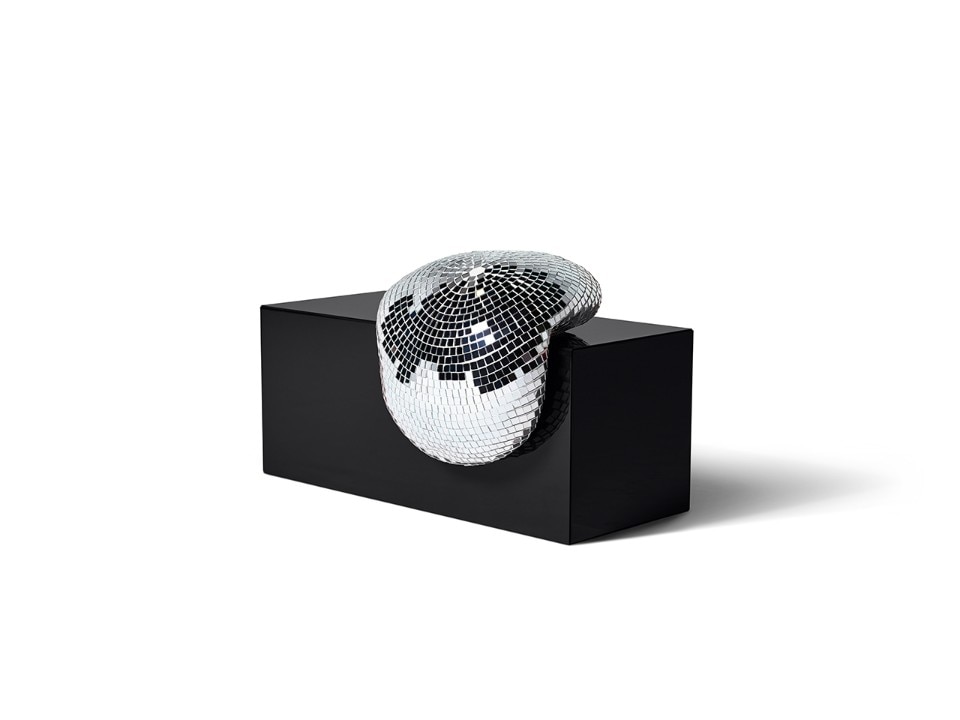
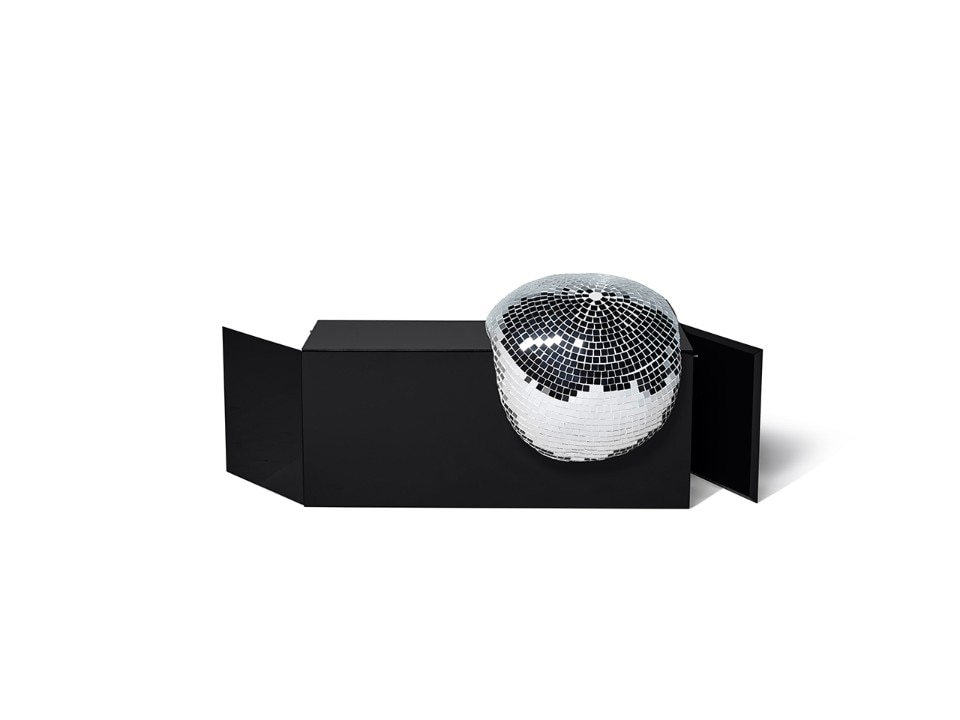
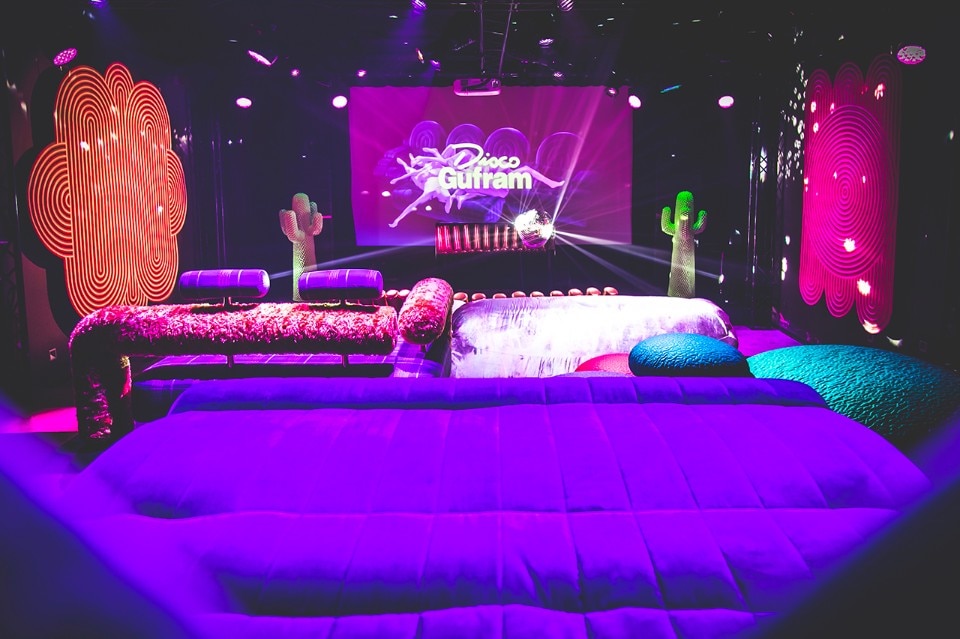
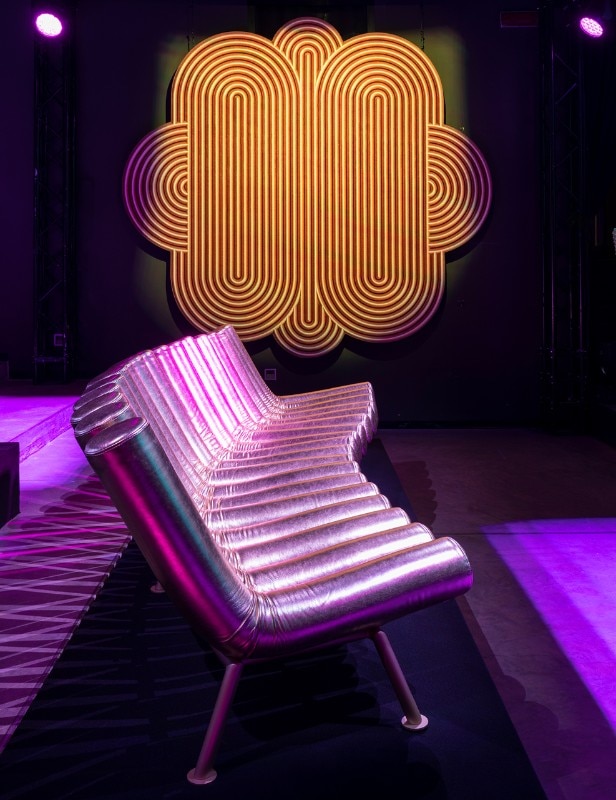
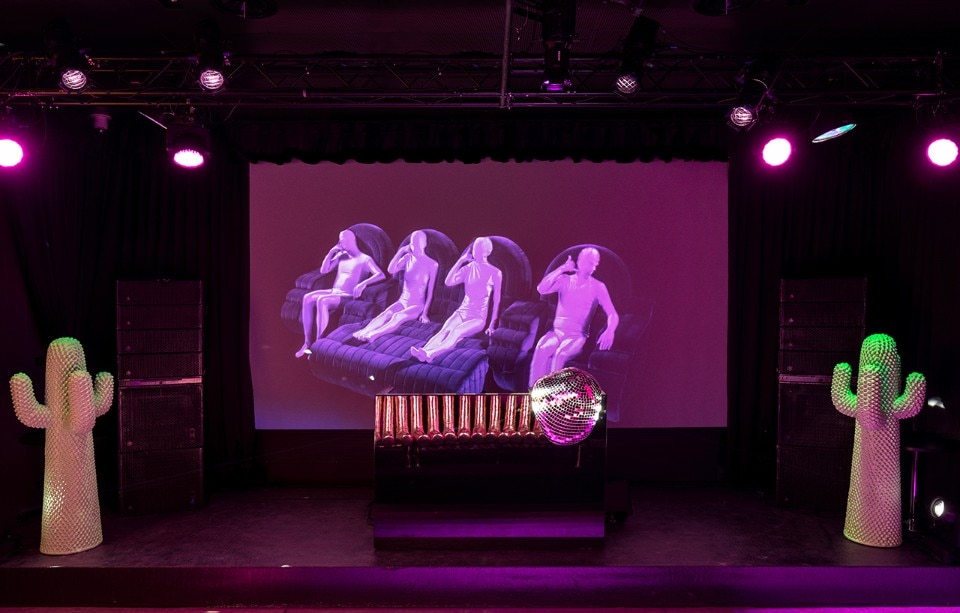
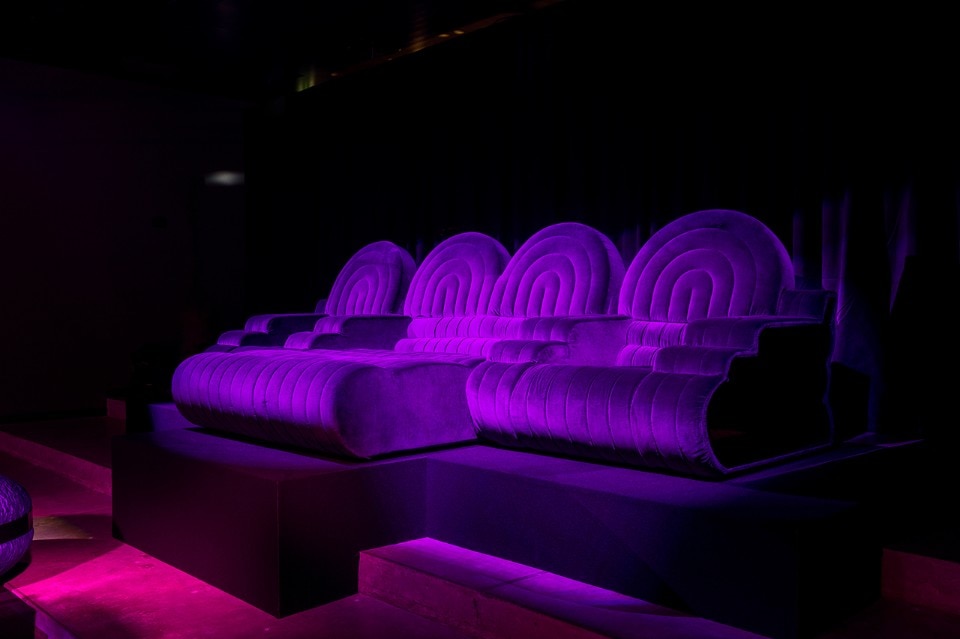
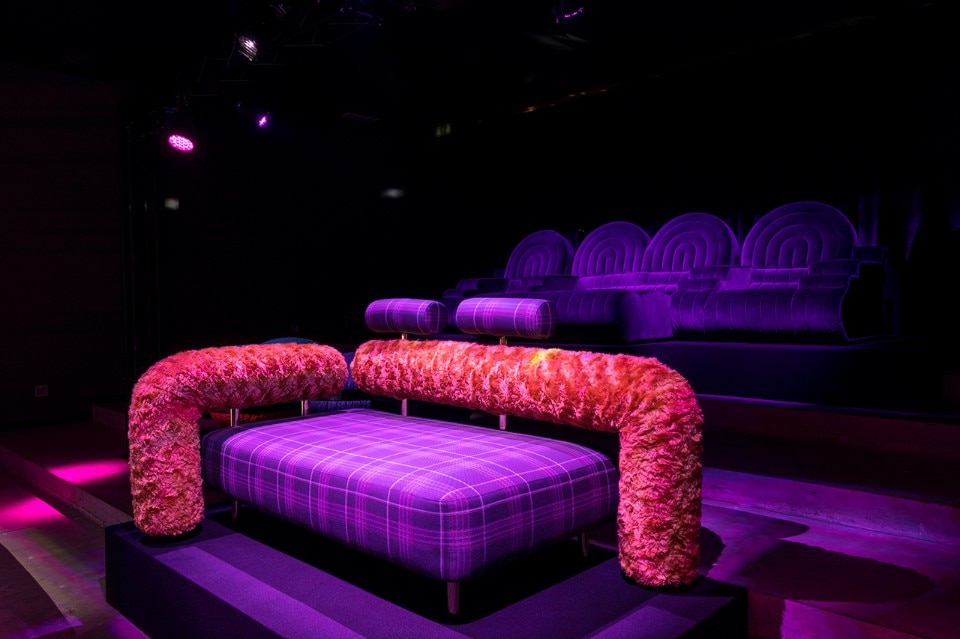
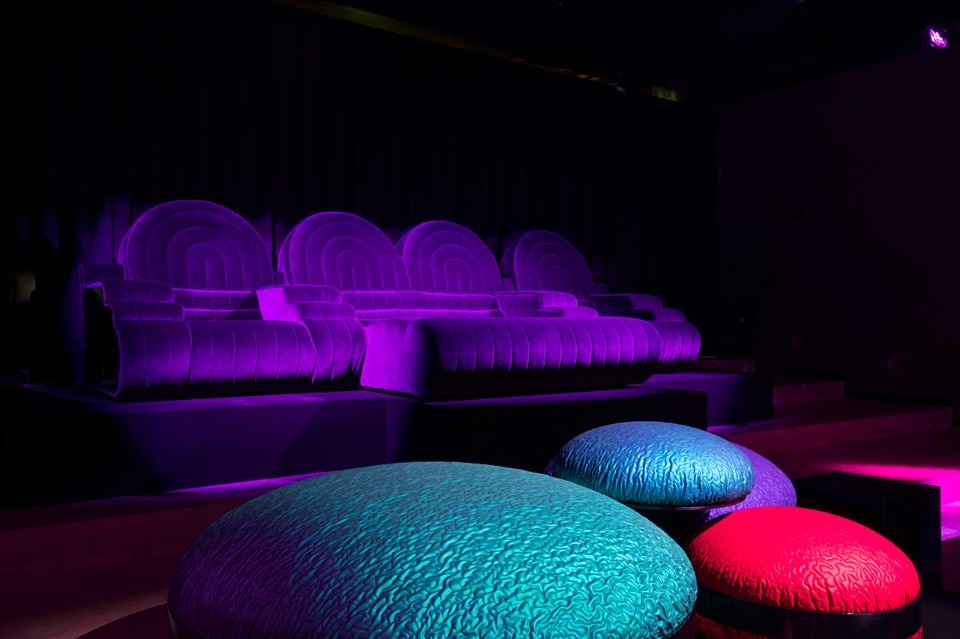
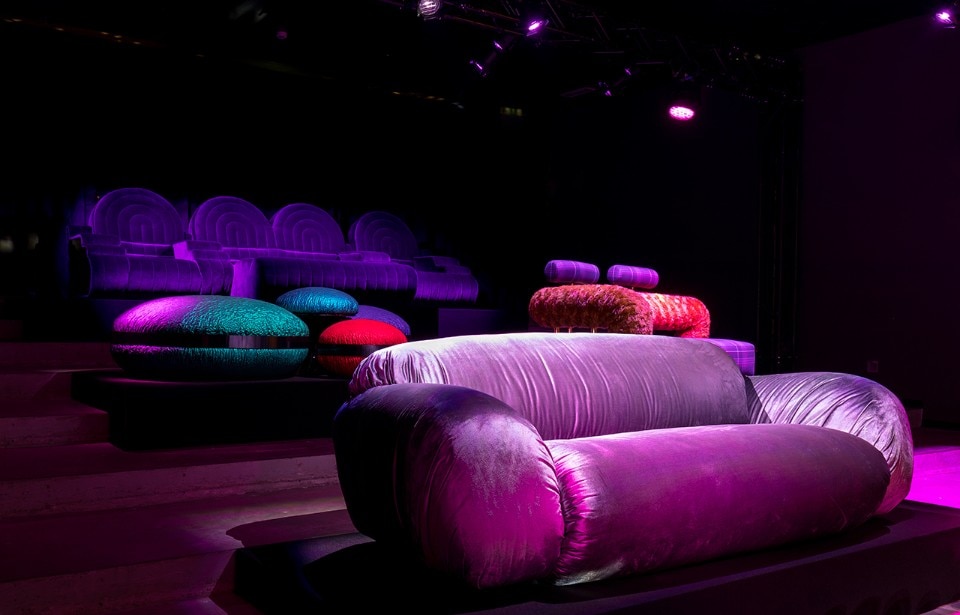
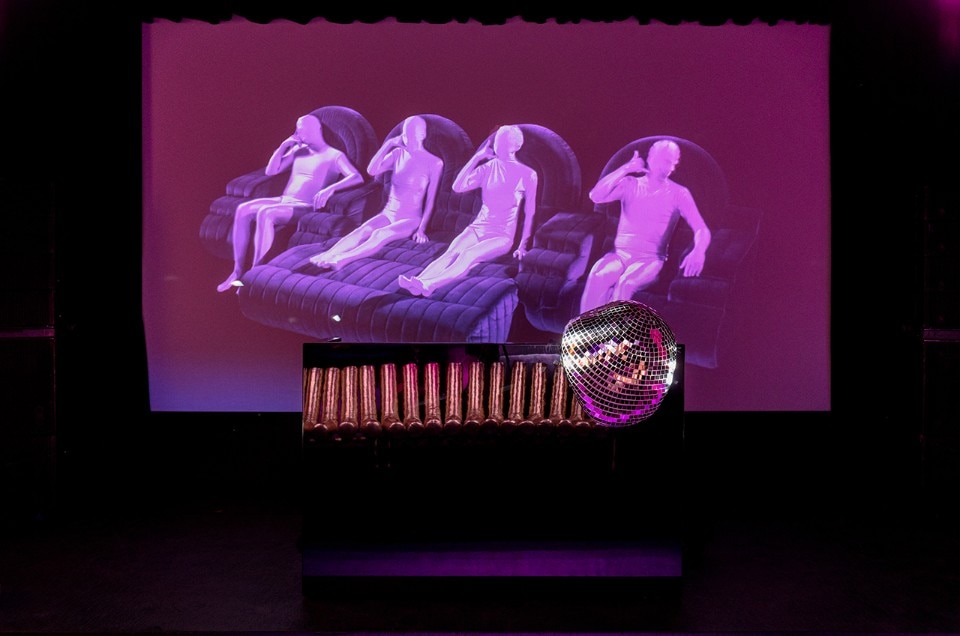
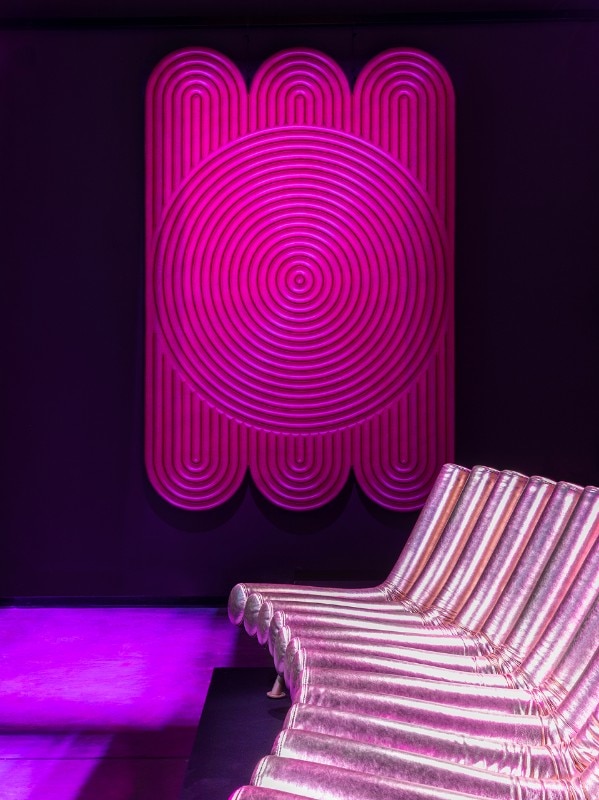
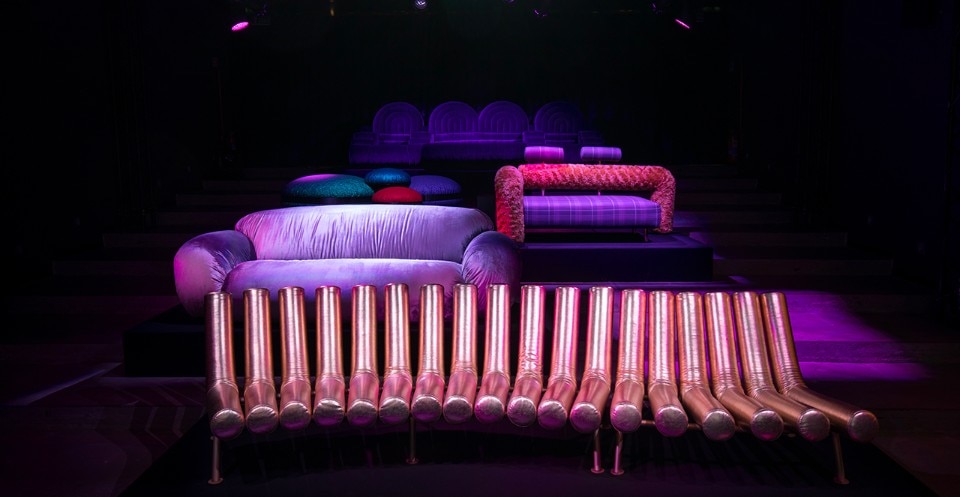
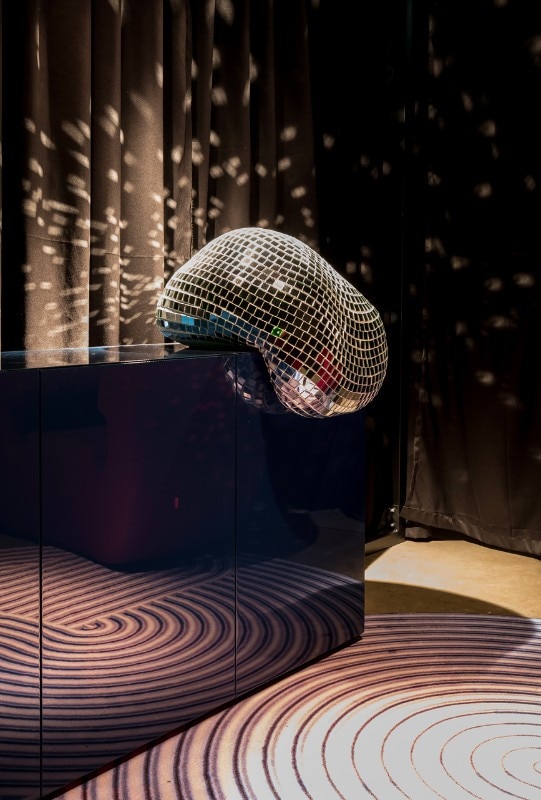
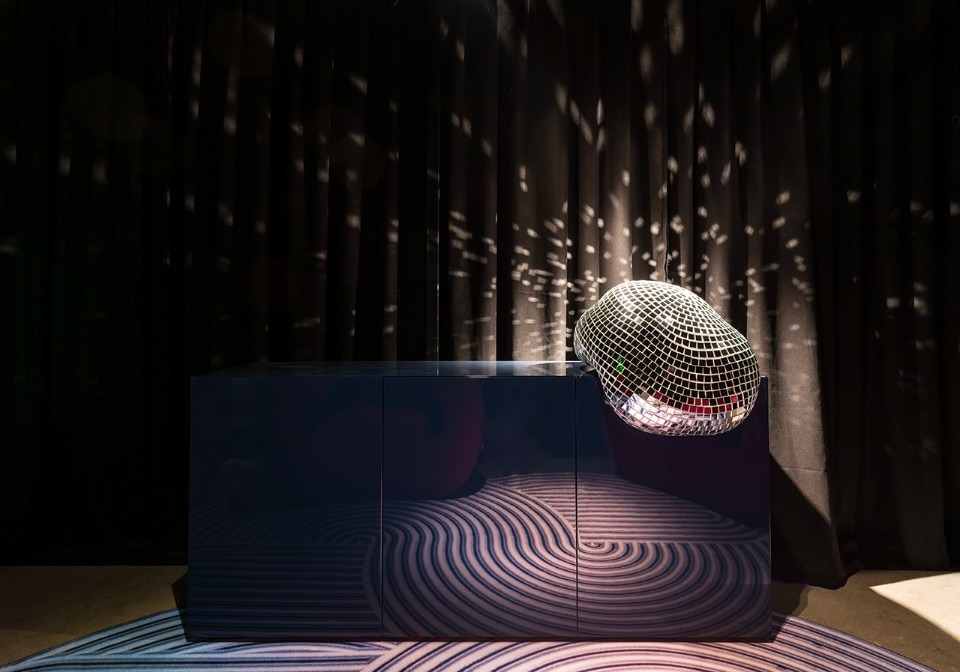
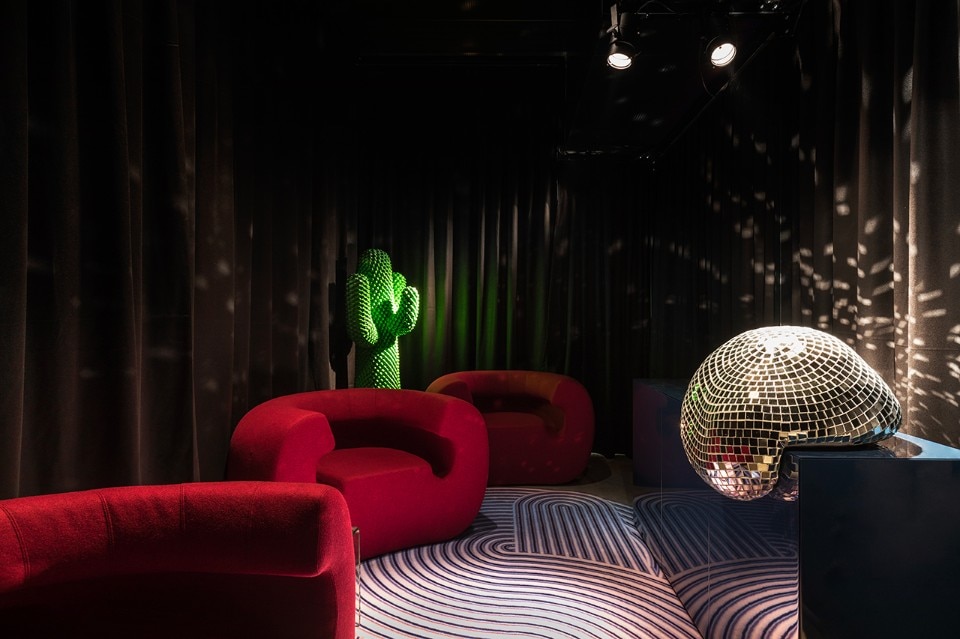
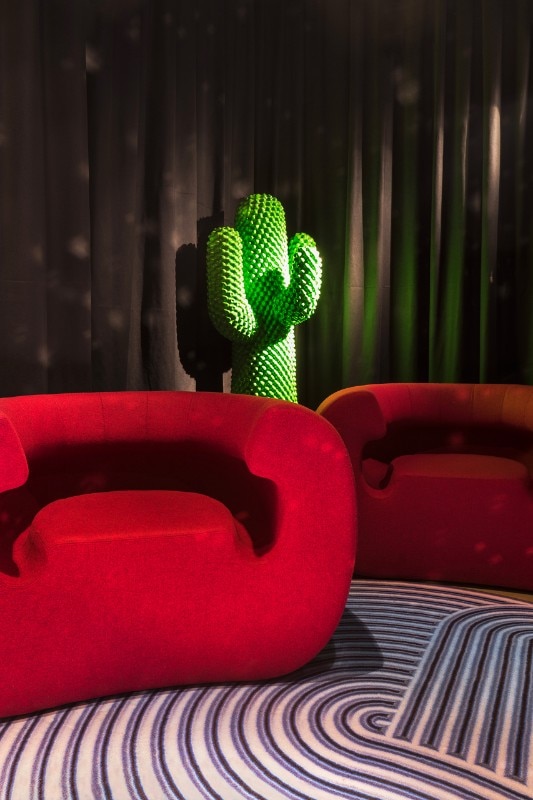
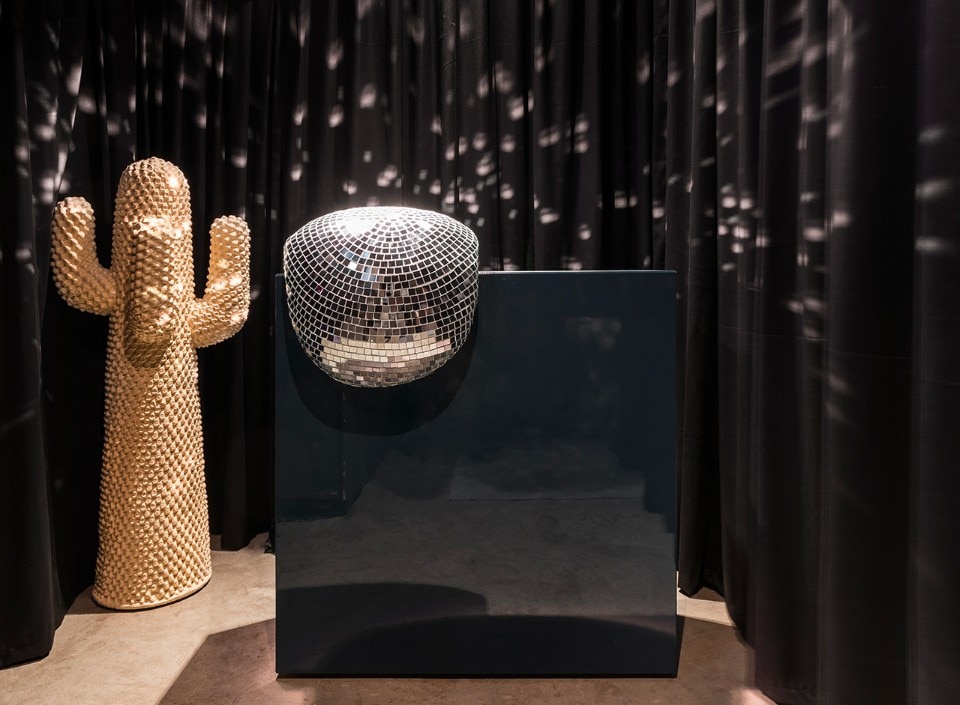
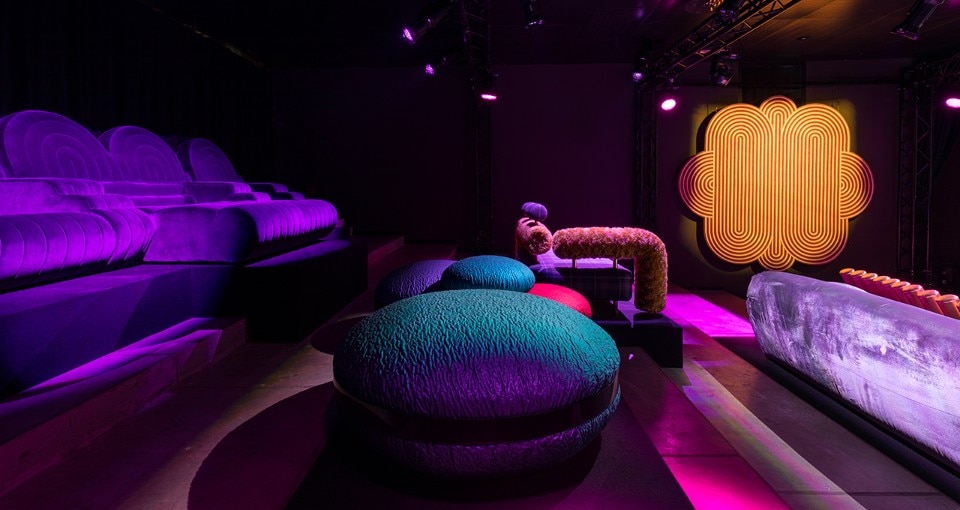
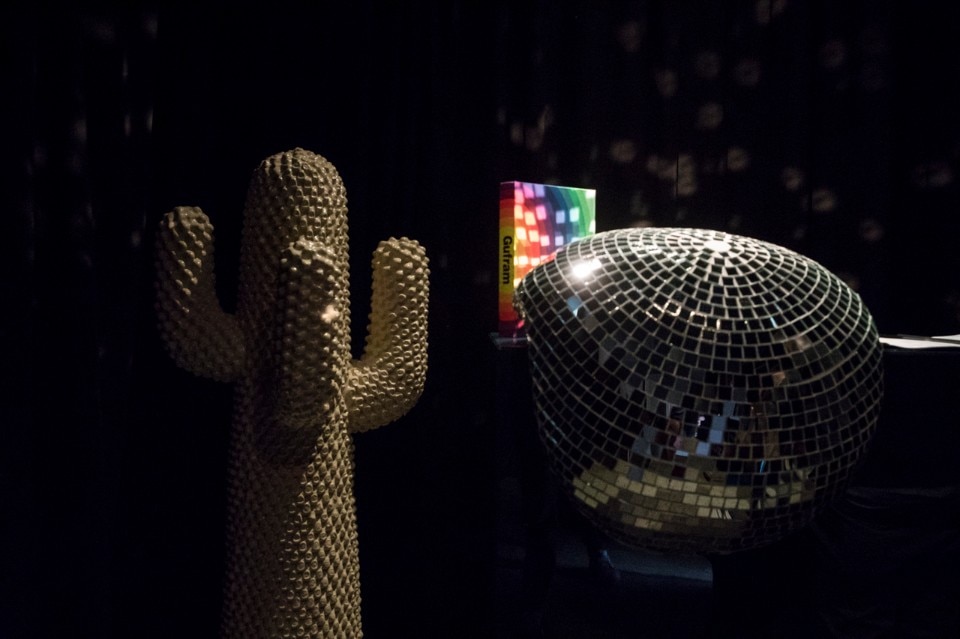
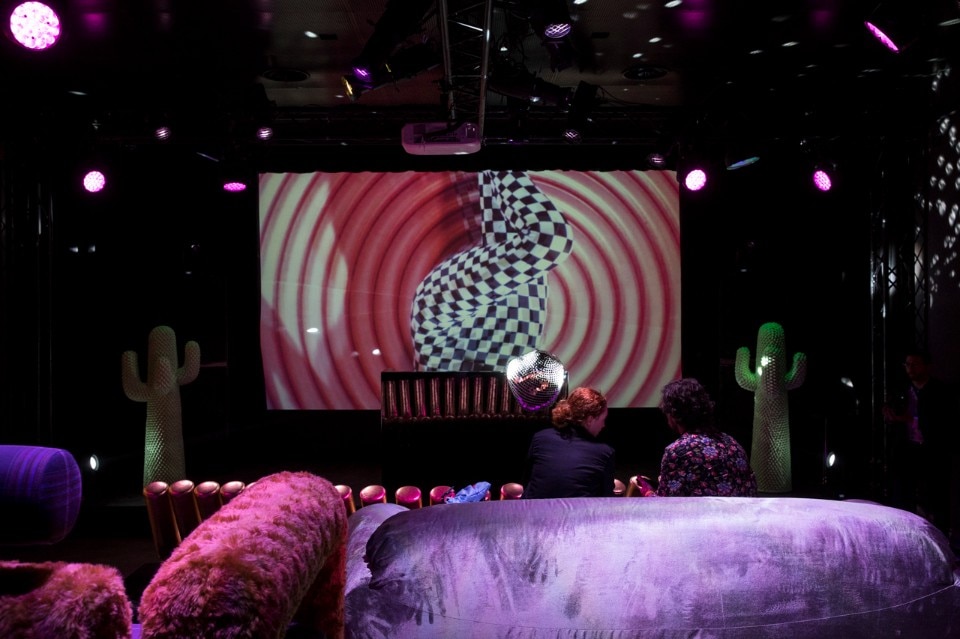
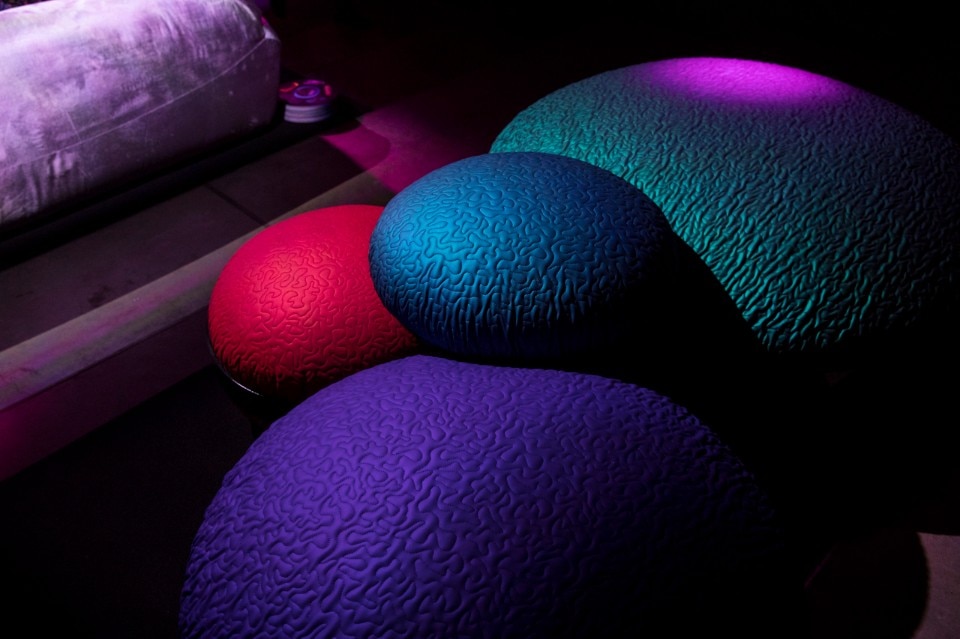
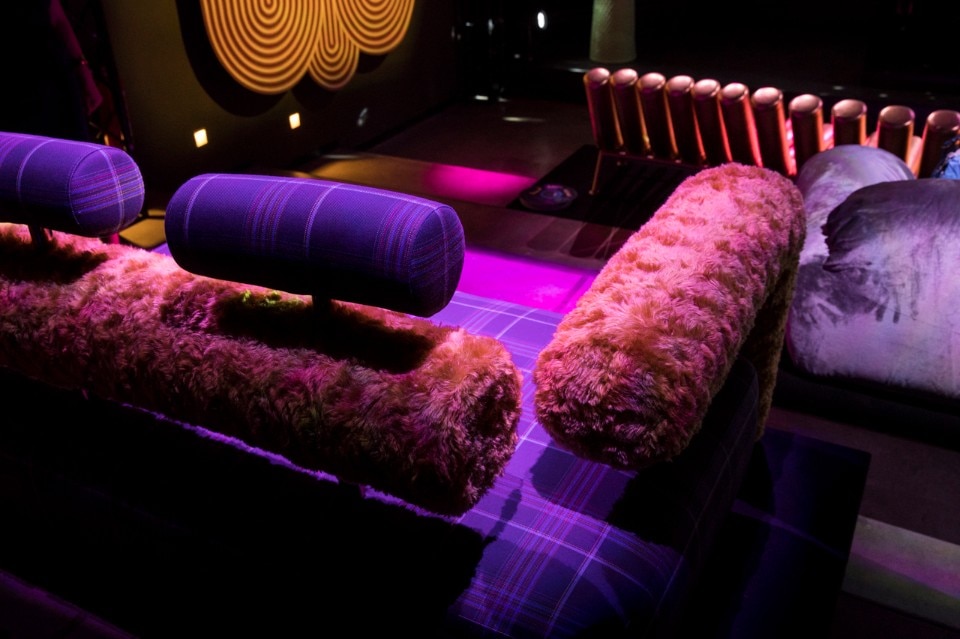
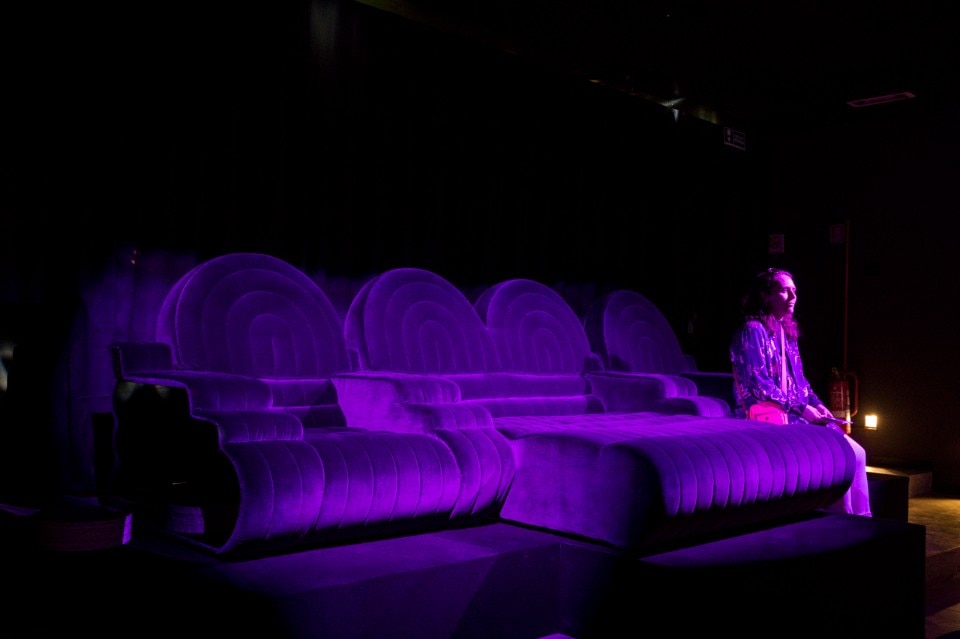
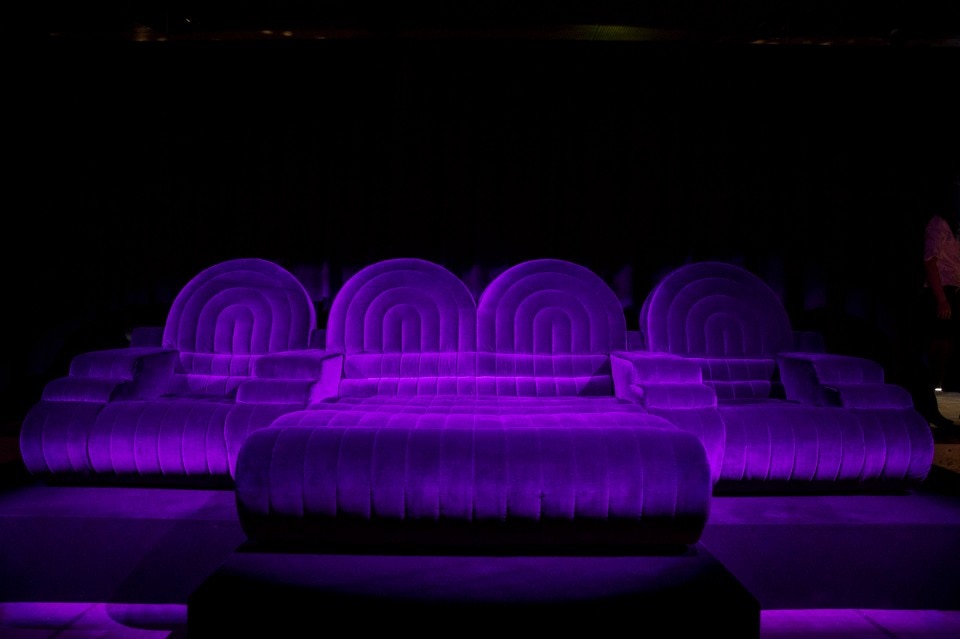
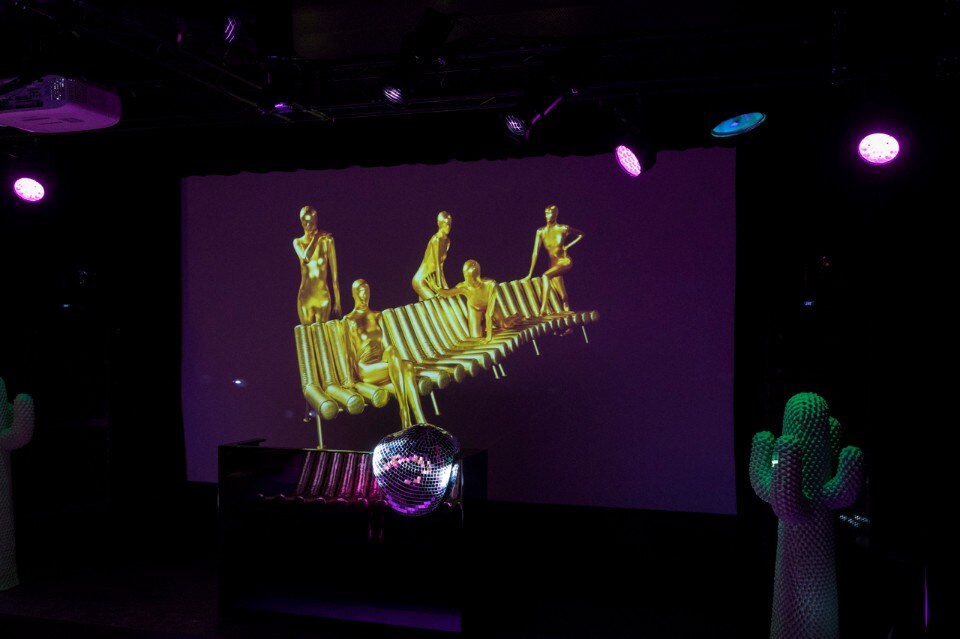
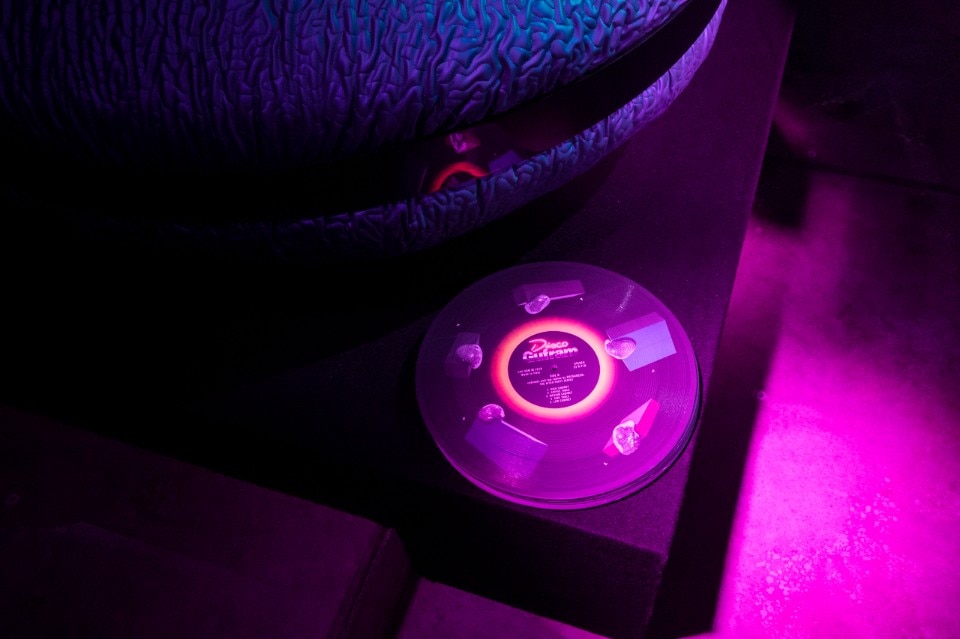
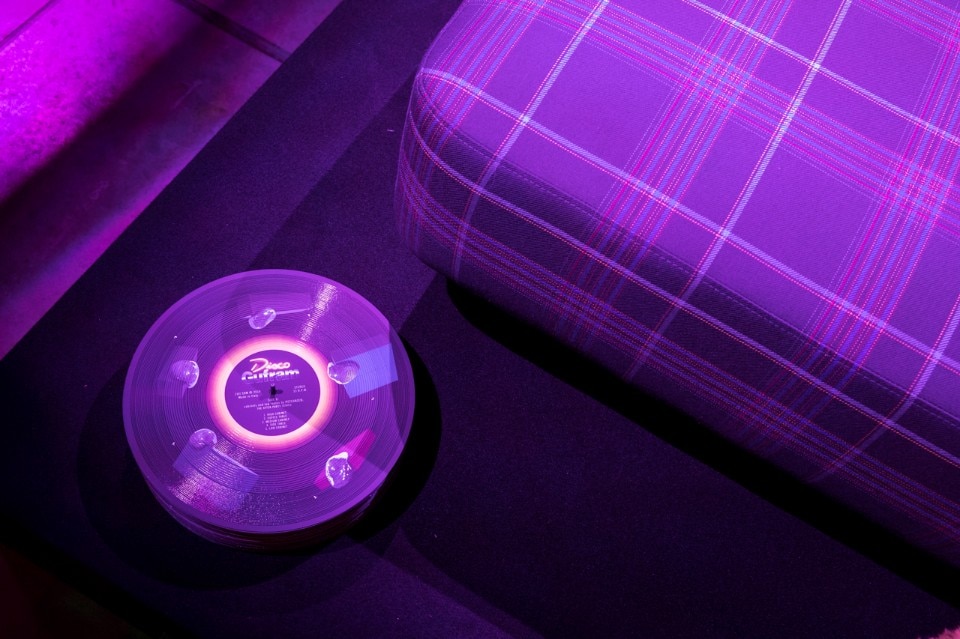
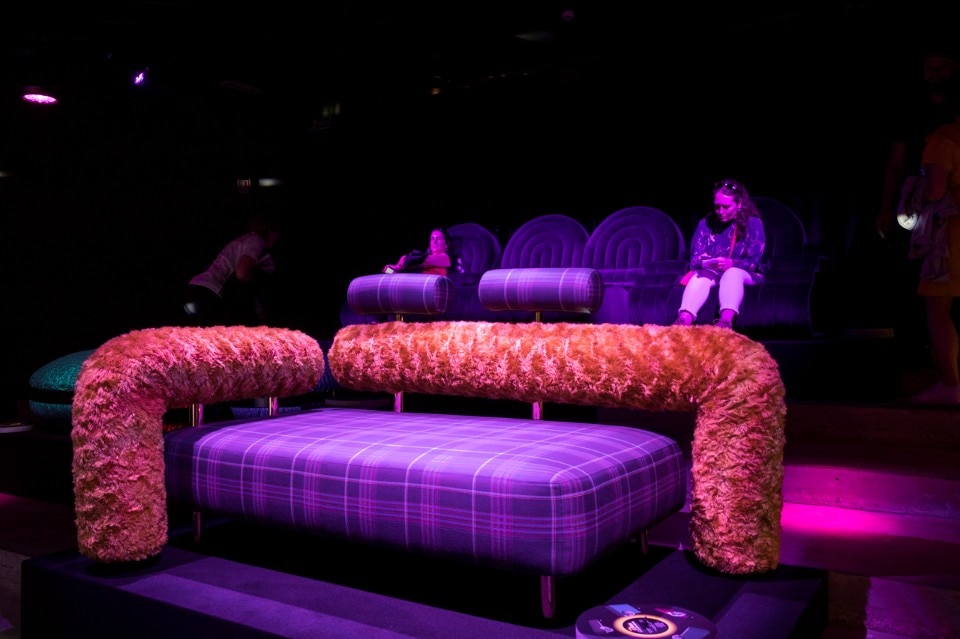
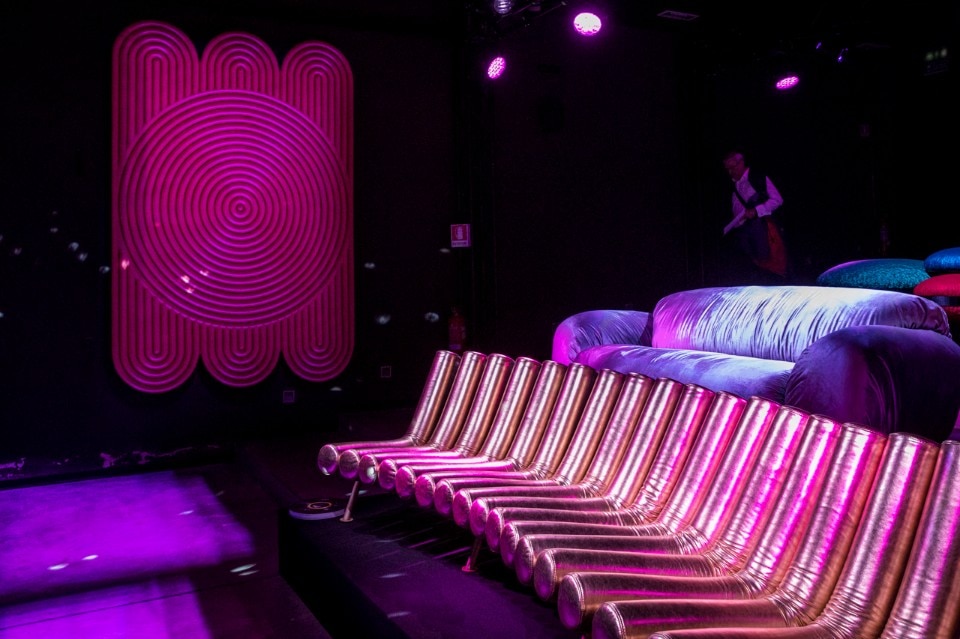
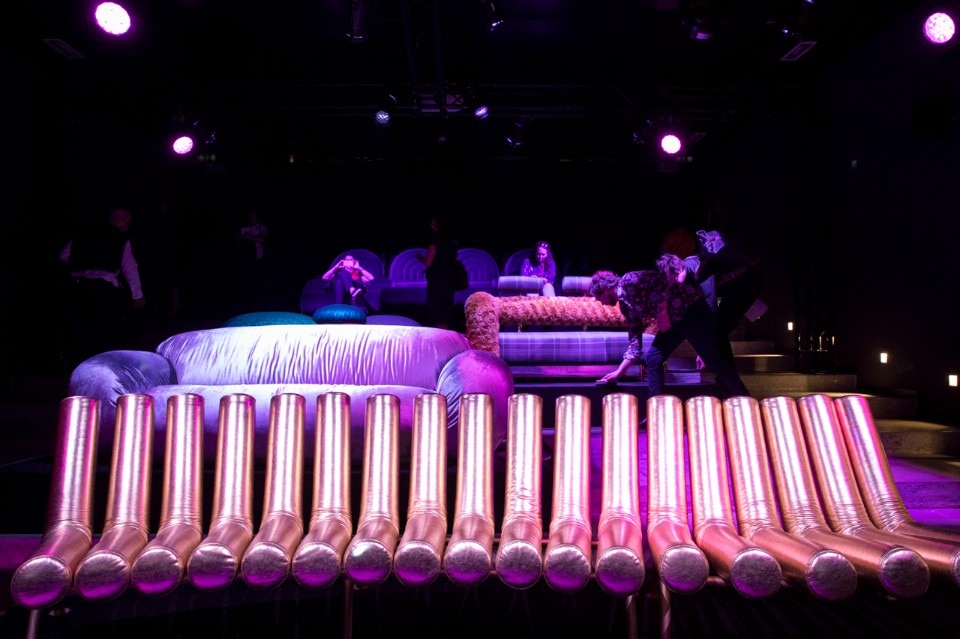
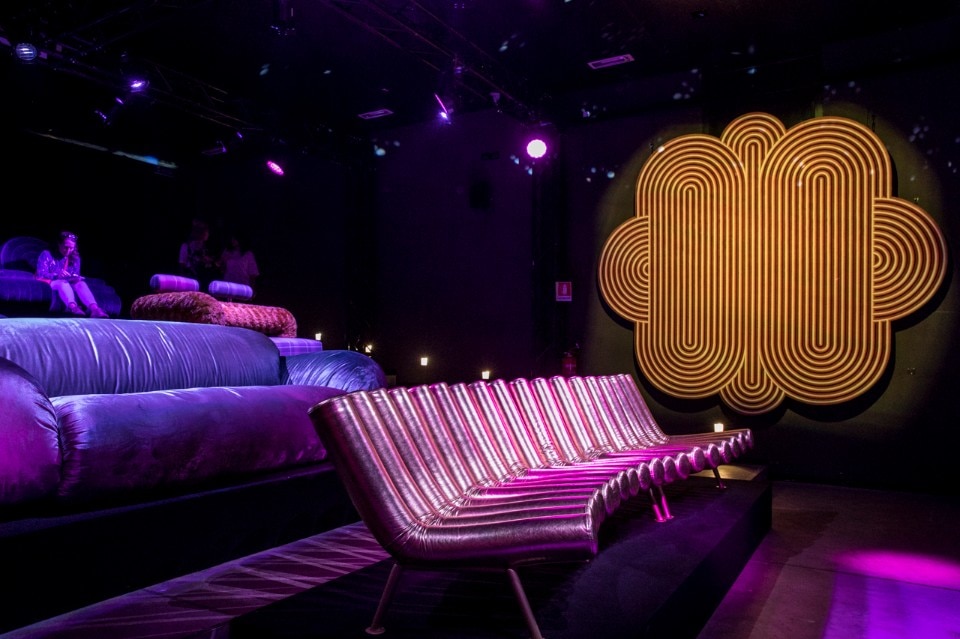
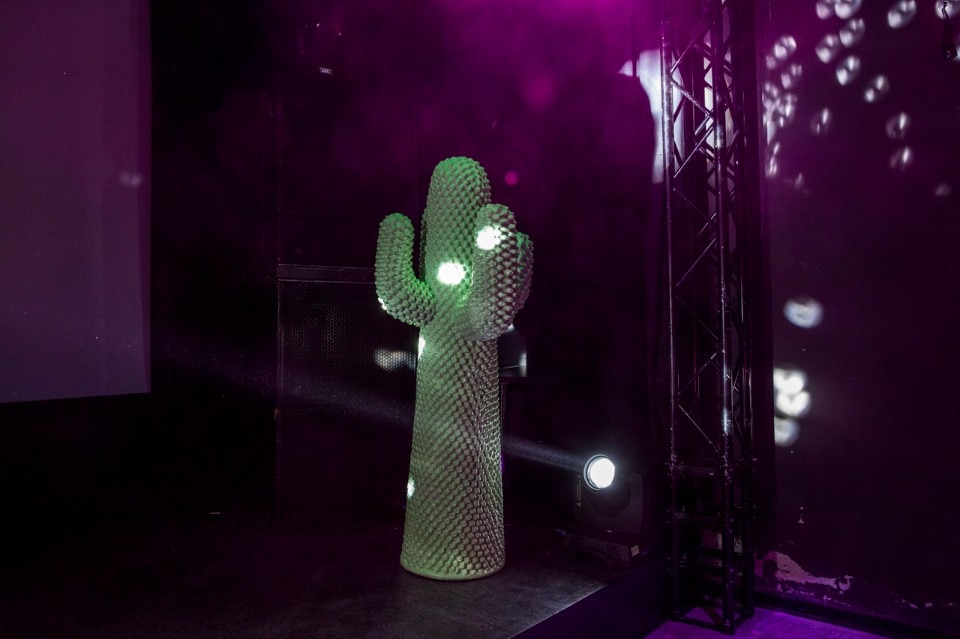
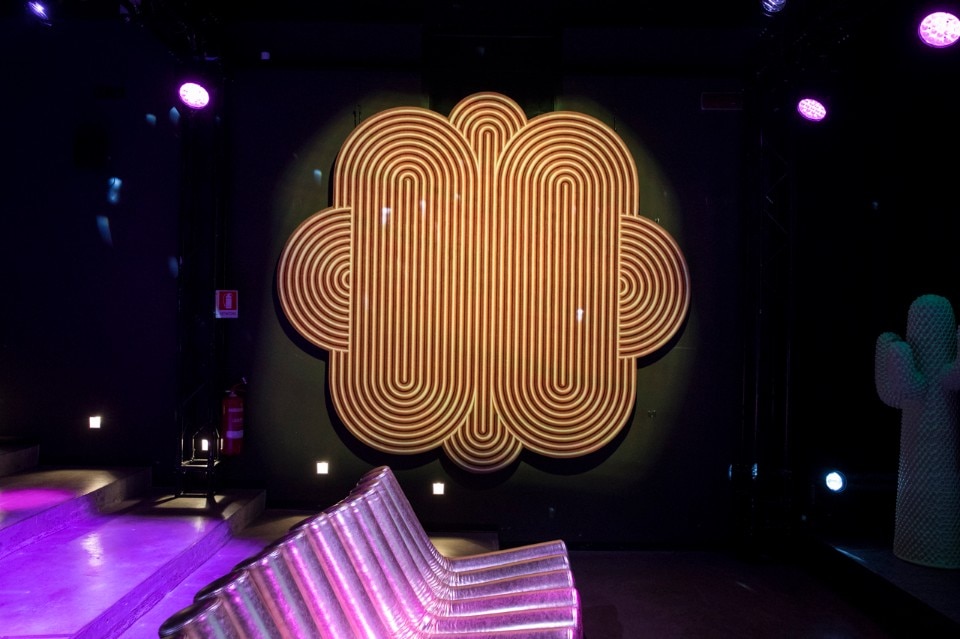
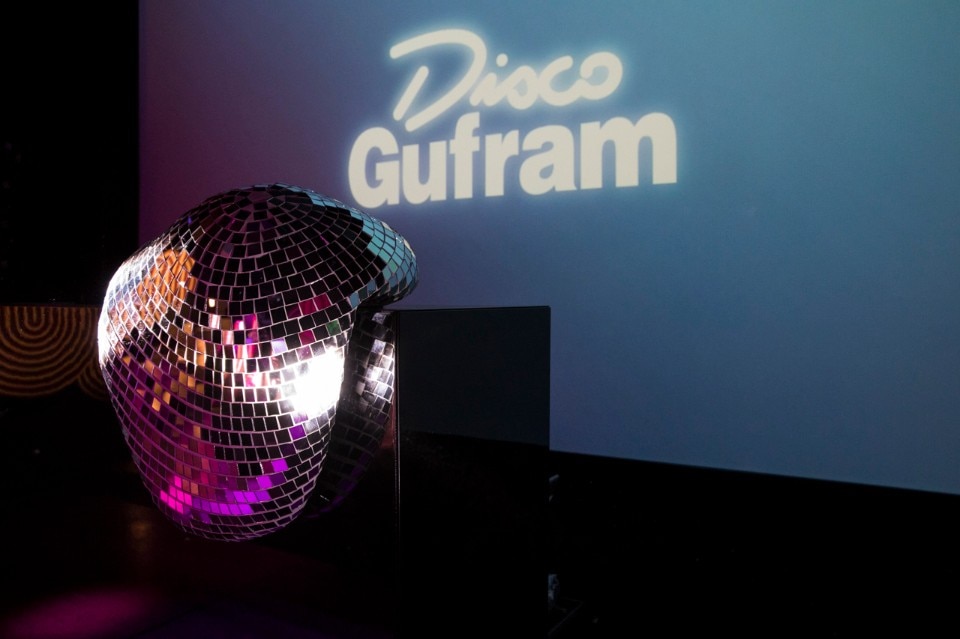




































































For Gufram it's about going back to their roots. There is no other design brand that has worked so profusely on the aesthetics of entertainment, while surreptitiously on radical theory. The soft furnishings by Atelier Biagetti for example have been developed based on the collection Linea Discoteca that they launched at the end of the 1970s. Call it pure disco nostalgia, but the moment to dust off the archive is one of the best. Amid vinyl selling more than downloads and the Vitra Museum that with Night Fever looks at the history of nightclub architecture perhaps we are seeing a change in sensibility: from “staying at home is the new going out,” to “go big or go home” (Note for the night owls) despite the nightclub setting and music at full volume, at Disco Gufram you only dance in the day. To recreate the small hours, black drapes cover the walls of the cinema at the Mediateca, while a decadent touch of Warhol's factory is achieved thanks to the video projections that show the launch of the collection. Effetto Notte also for the joint venture space with Paradisoterrestre with wallpaper by Texturae. United in an exhibition of new 1970s and again in a nightclub guise. Transitioning though from an aggressive and surreal atmosphere to a milder and more chic one. With a touch of the psychedelic.
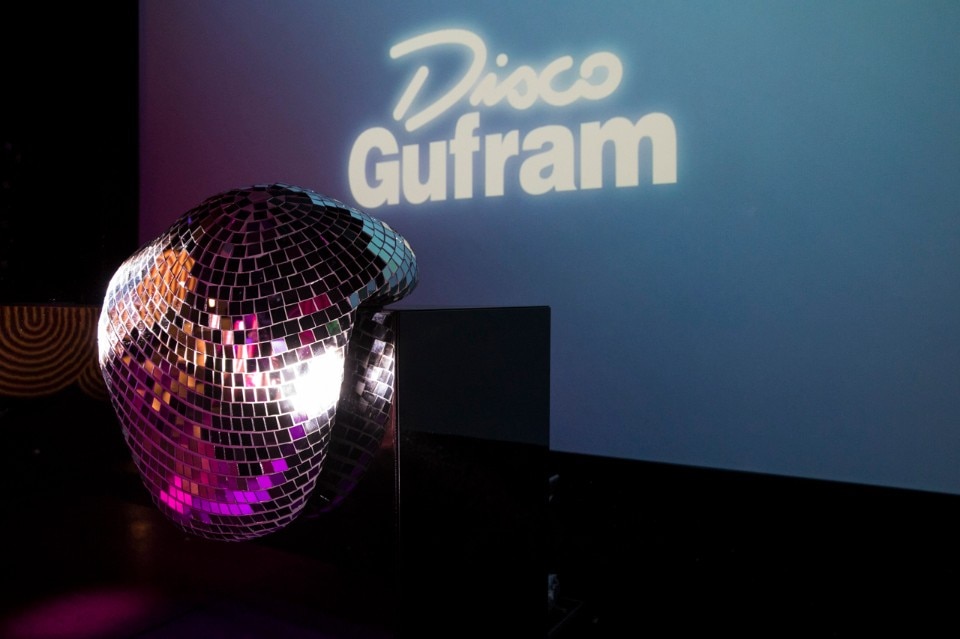
Another demonstration is Futuristi, the limited edition fabric used for the reissue of the Marcel sofa by Kazuhide Takahama. Designed by Pierre Gonalons with Pierre Frey, it is a limited edition optical that transforms the sofa into a vintage piece from the former Piper club in Turin. The ones that usually adorn the edge of the dance floor. Fausto, the small chair in bronze by Novello Finotti, is instead a piece for the chosen few, for the private club. That this Fuorisalone, in love with night clubs, represents the dark side of. That doesn’t mean ambiguous but rather secret. Club Unseen doesn’t even have an address while Chez Nina even though it has one is equally impenetrable: access by invitation only, with tattoo or card to show at the door. Unseen, designed by Studiopepe, is the most complex: numerous rooms themed on an ex warehouse from the late nineteenth century, in which the members can socialise away from the chaos of the Fuorisalone. Showcasing refined interior design around the ritual of hospitality, juxtaposition of contemporary classics, historic pieces reworked and interventions of customised decoration on a radical chequered base: retro touches like a butler at the entrance; an installation for preparing cocktails with a dramatic focus on the gestures of the mixologist; performances by artists from the independent electronic scene. And an app, Aria, that through augmented reality enables you to discover the story behind each piece of furniture.
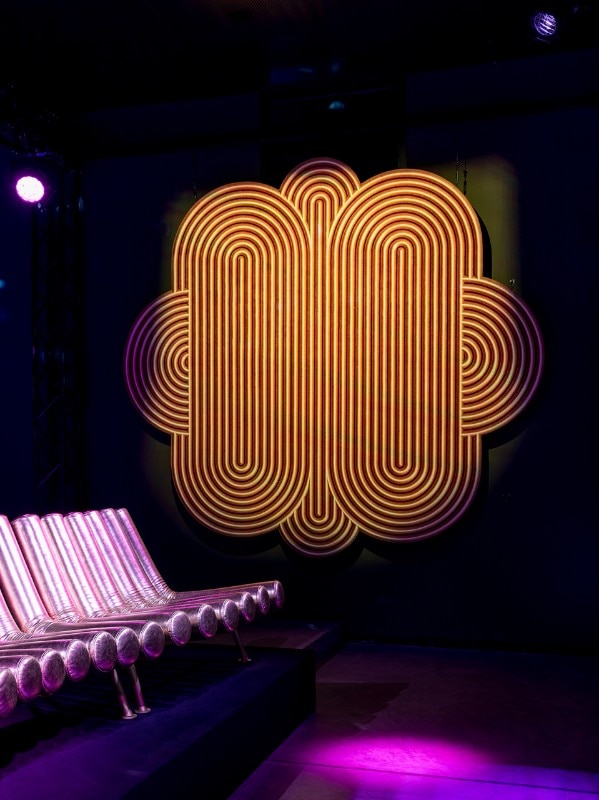
Just one room, on the first floor of Nilufar Gallery, is by contrast all the space occupied by Chez Nina, the club that India Mahdavi has conceived as a homage to the owner, Nina Yashar. At the moment there is practically no advance news on how the set design has been developed, there is however confirmation of a live DJ set for all three nights in which Chez will host its happy few. Confirming that the club is the idea on which many have placed their bets, just near San Babila there is one all in ceramic by Marazzi, The Tile Club: with lobby, lounge and a bistrot designed by Matteo Cibic with Studio Blanco. This one is also open until June. After years of austerity in which partying seemed an indecent proposal, it is fun to see in this edition of the Salone a return to revelry. Organising parties was left to Cassina, with dress code parties in the showroom – futuristic the theme of the next one: and Seletti, with the catwalk-show carnival of Design Pride that culminates in an open-air disco in Piazza Affari. This year however the calendar is endless. And for the hardcore party-goers there is the infernal Caution, Disco in Progress, organised by Yoox with Toiletpaper at the Garage Traversi: not to be missed – for the use of a location otherwise always closed – the After Dinner Party – Legendary Thrill organised by Cartier at the Daziari Caselli in Piazza Castello; more democratic, as there are not the restrictions of heavily-guarded mailing, are those in the listings for Zona Sant’Ambrogio.
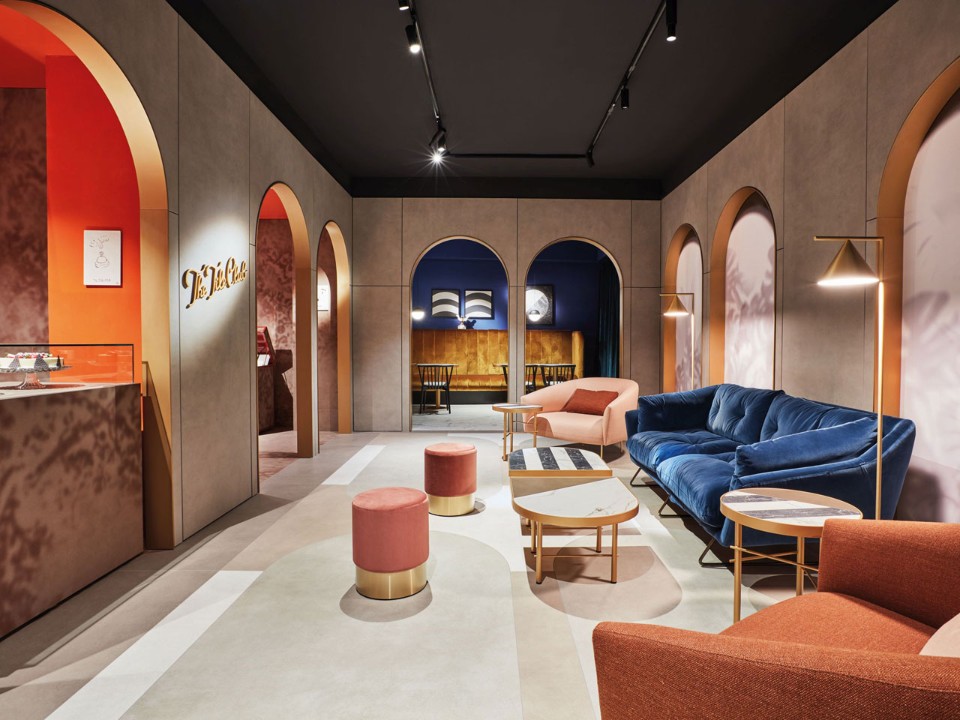
 View gallery
View gallery

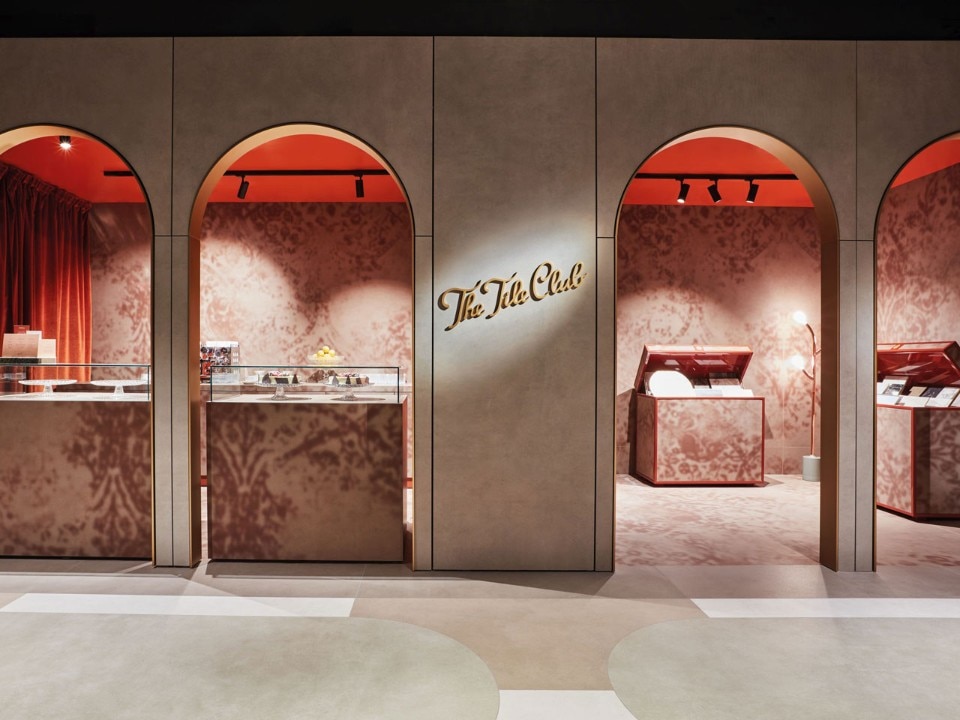
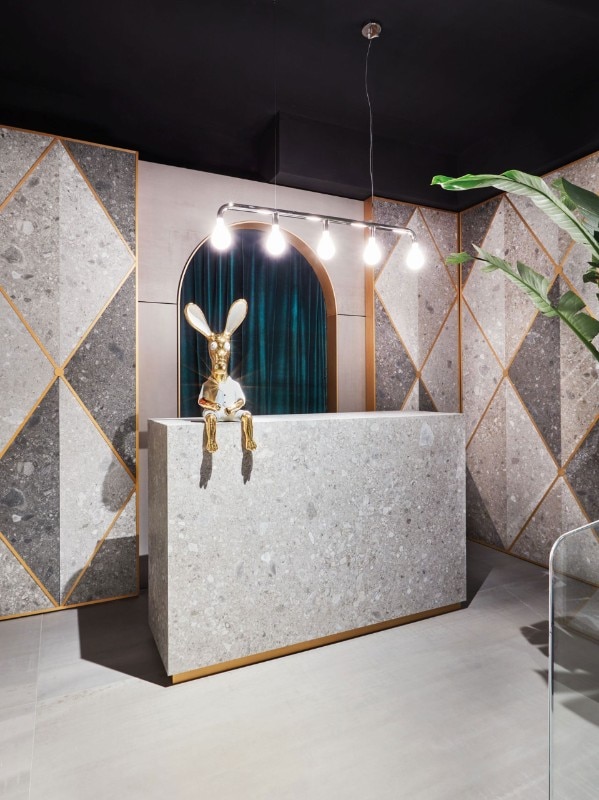
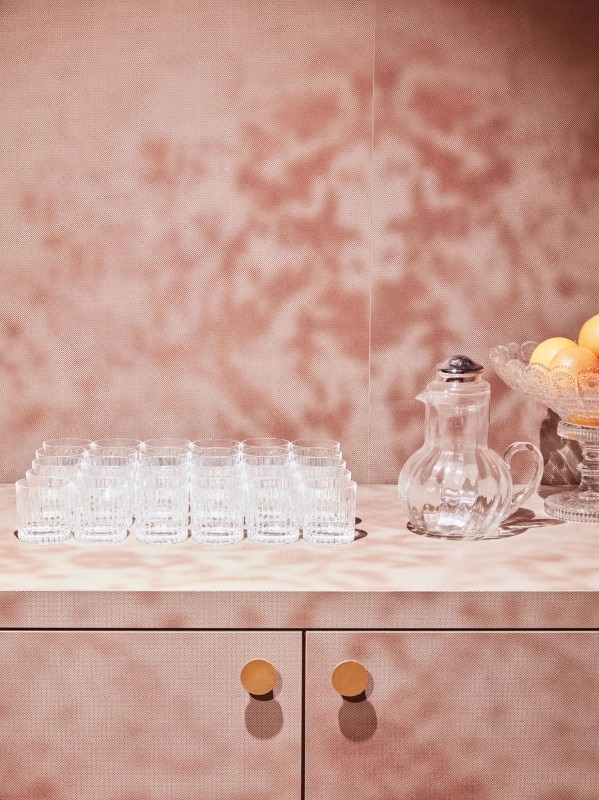
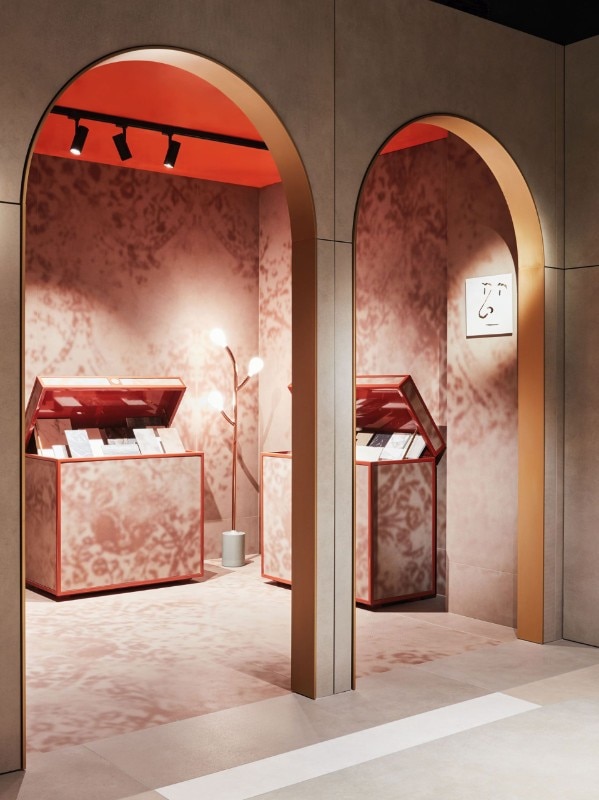
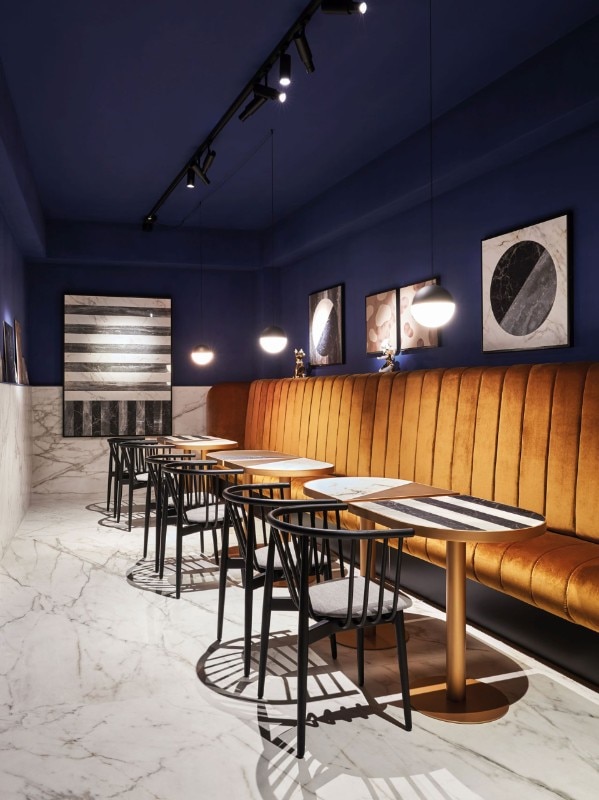
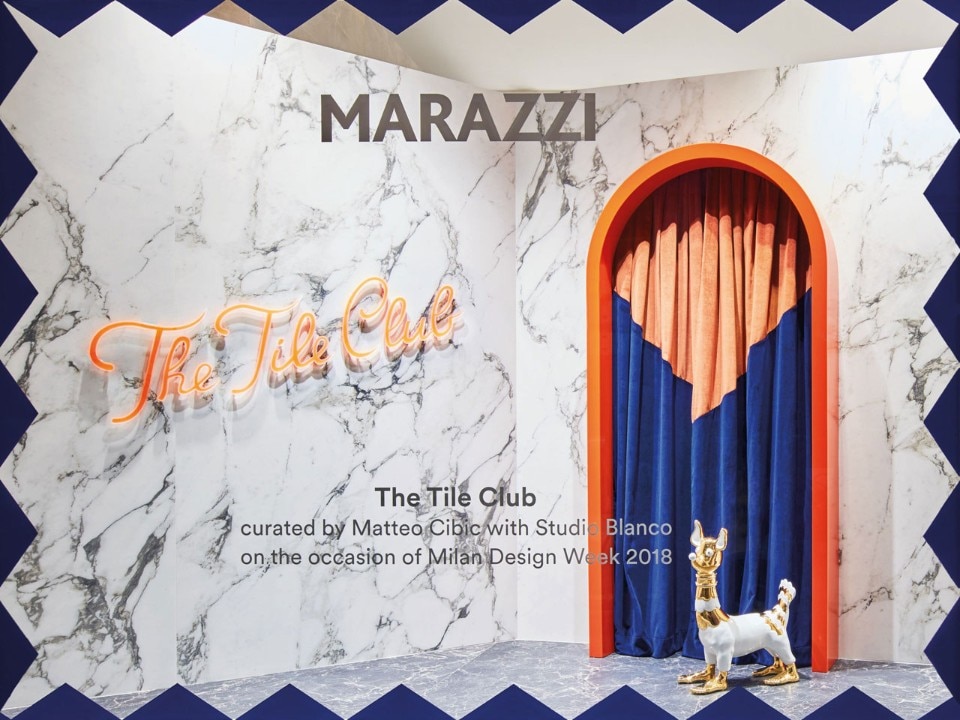
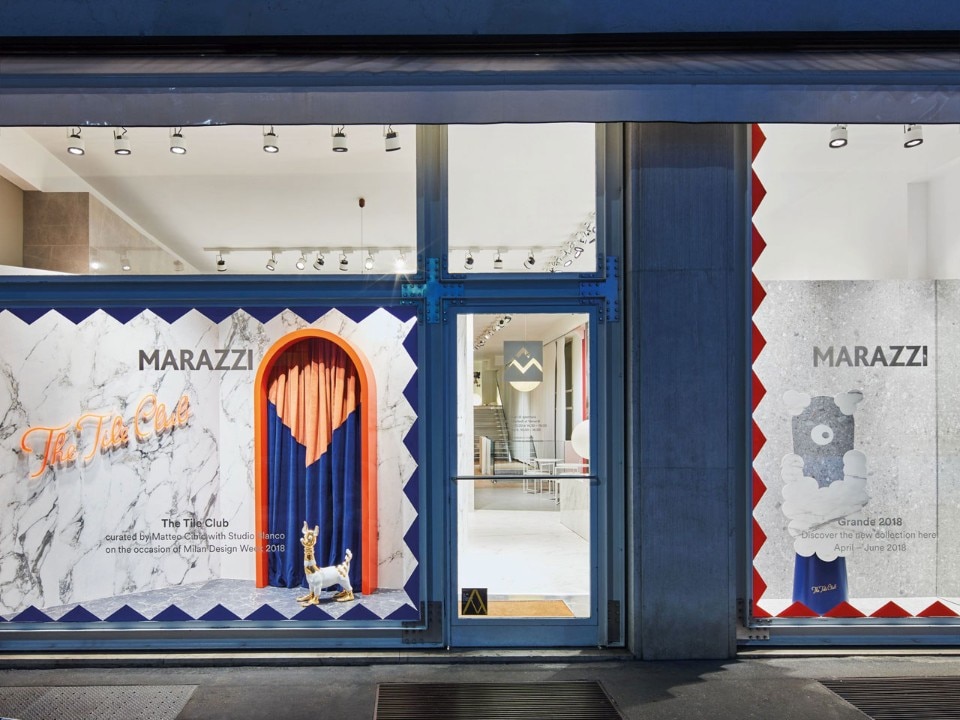
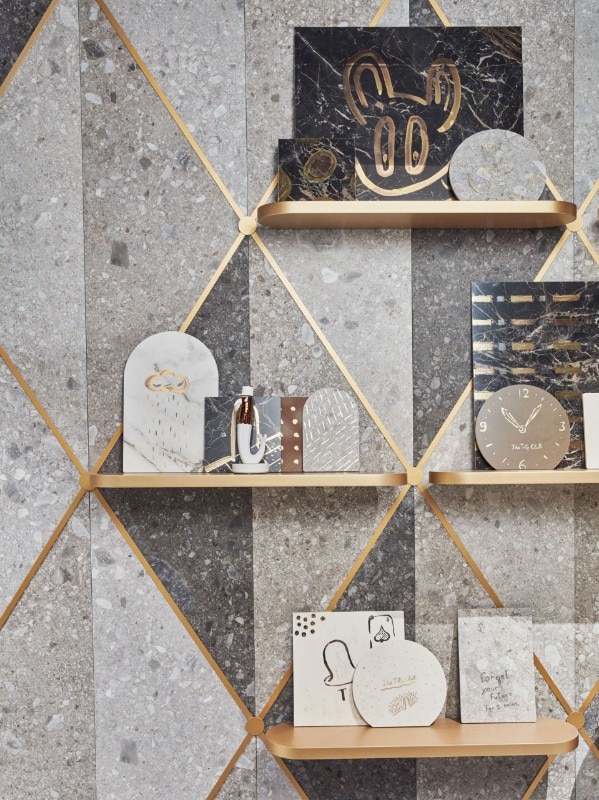
But that's not all. Further traces of this disco passion appear in exhibitions and presentations around the city, albeit crossed with other forms of entertainment. Or simply linked to an artistic dimension. Such as in the case of the Mylar Curtain, a drape by Daniel González made with the coloured films cut into threads of the kind that decorate floats at festivals, funfairs and birthday parties. And the sculptures by Andrea Marchesi, feathered tributes to the circus and coloured flashing lights of fairground rides. Both on display at the Futurdome by Ventura Future. Elsewhere, an unusual suggestion to create factory-style walls by Andy Warhol is suggested with Cinetica, by Studio Lido with Marinoni Peltro, a pewter wall-covering system with optical or silver-sequinned surfaces. Finally, the party of the outcasts, the disinherited, the creatures of the night: Lasvit's Monsters Cabaret. A party at the Teatro Gerolamo that aims to bring together the freaks of the city, to celebrate the Monsters collection of glass sculptures designed by Alessandro Mendini, Humberto and Campana, Fabio Novembre, Maarten Baas, Daniel Libeskind, Maxim Velcovsky, Maurizio Galante , Nendo and Rene Roubicek. An event with a hint of Blade Runner and a bit of Strange Days by Kathryn Bigelow. Shame it’s invitation-only. But on the other hand, with all that blown glass.
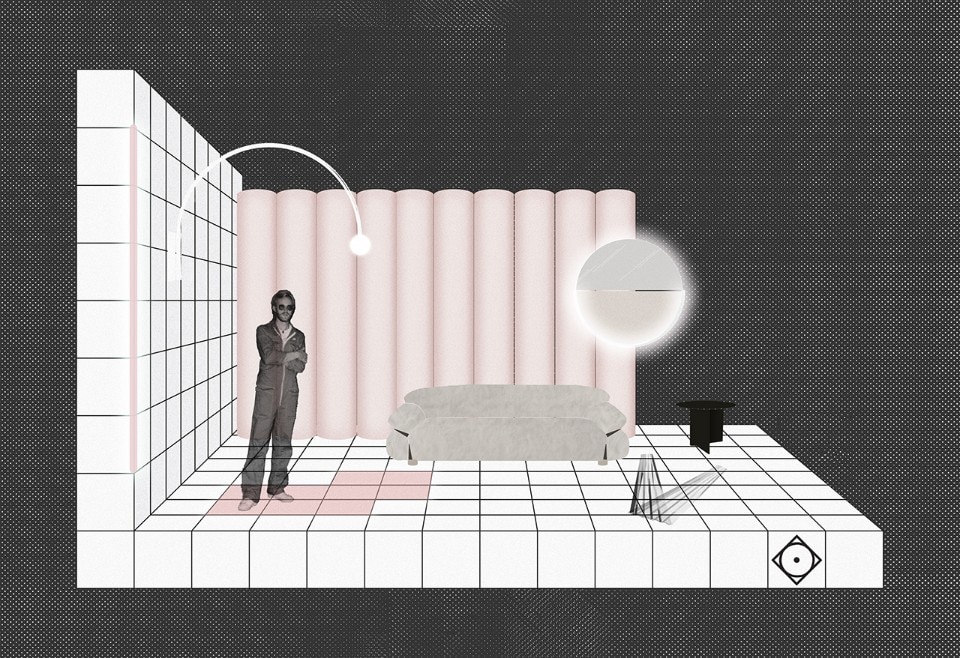
 View gallery
View gallery

